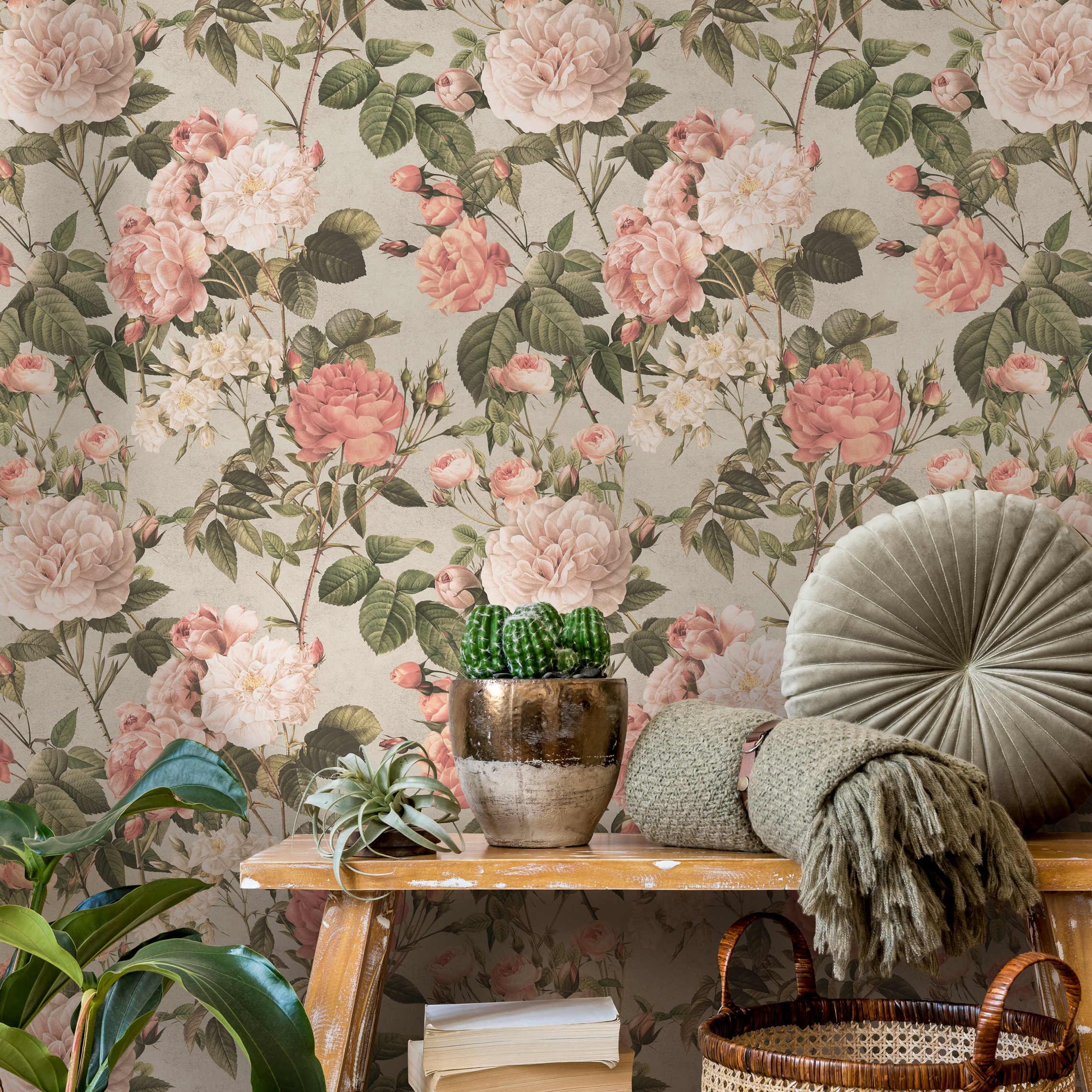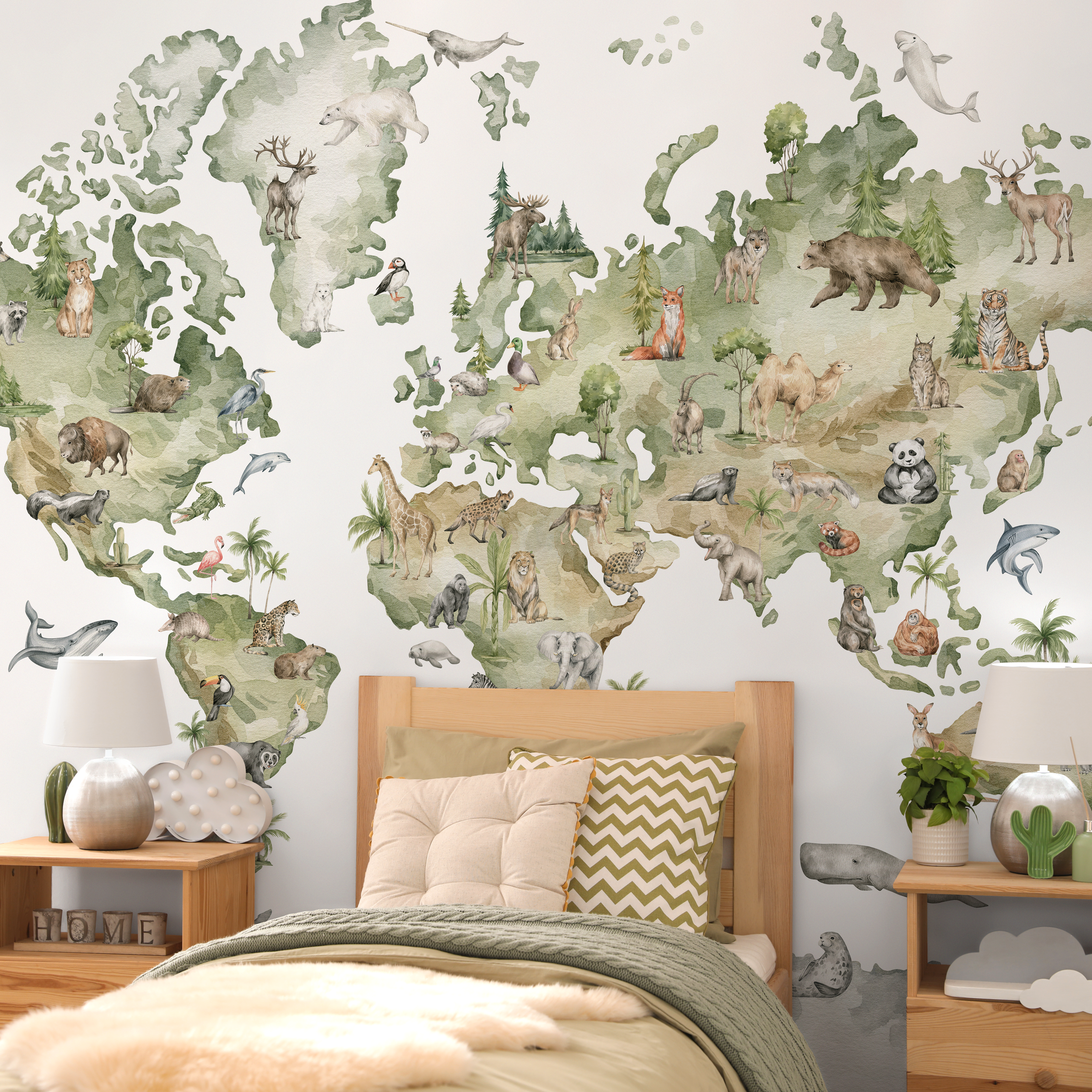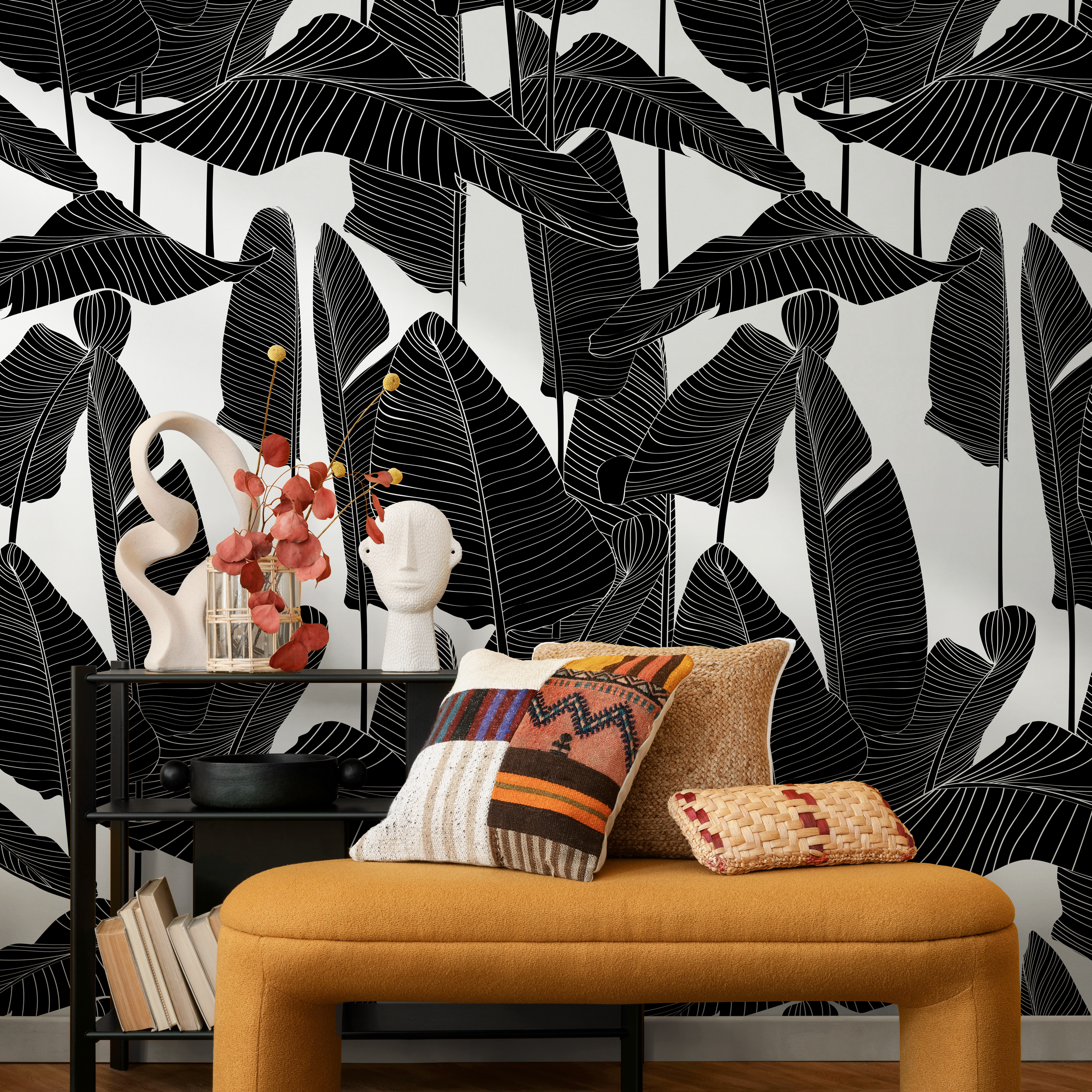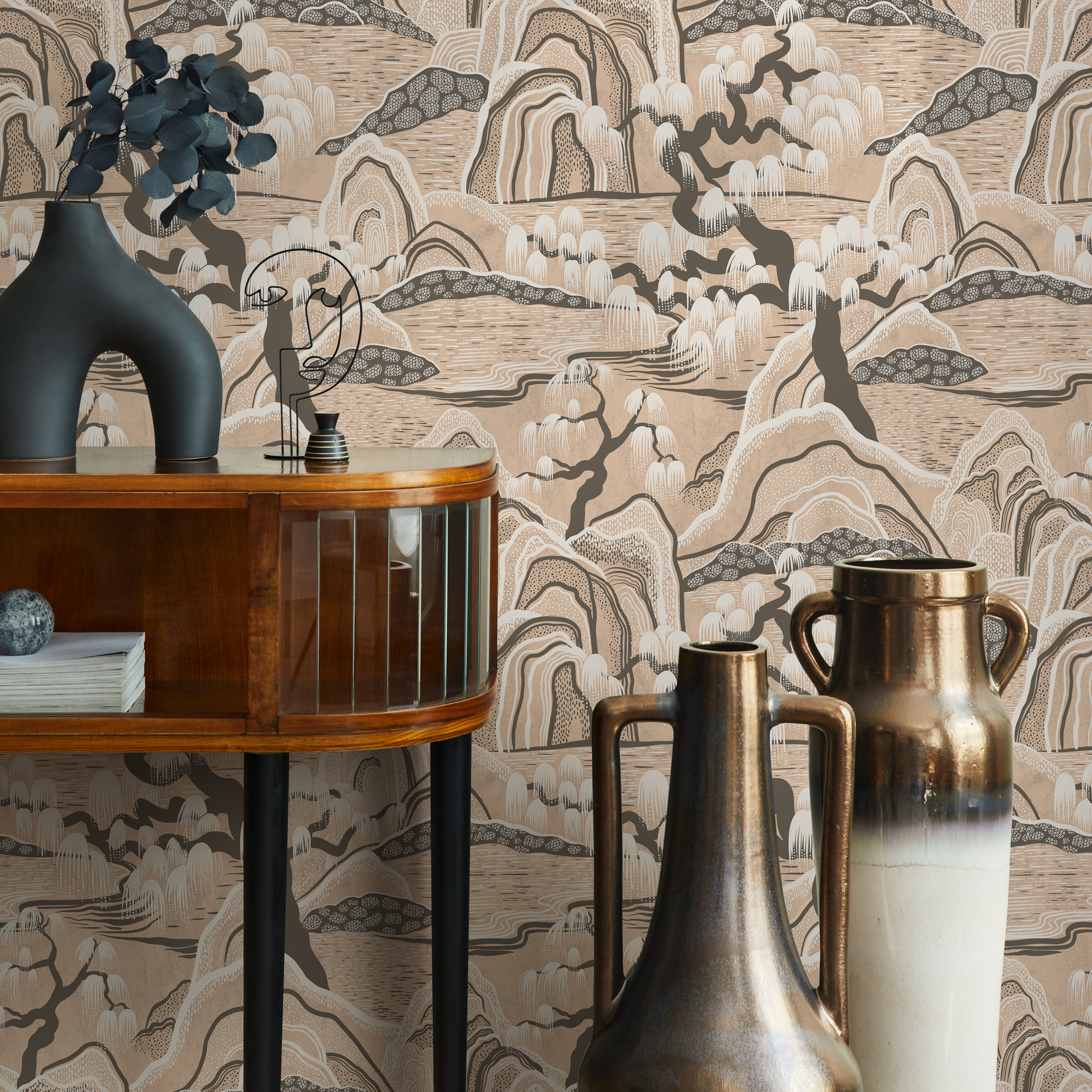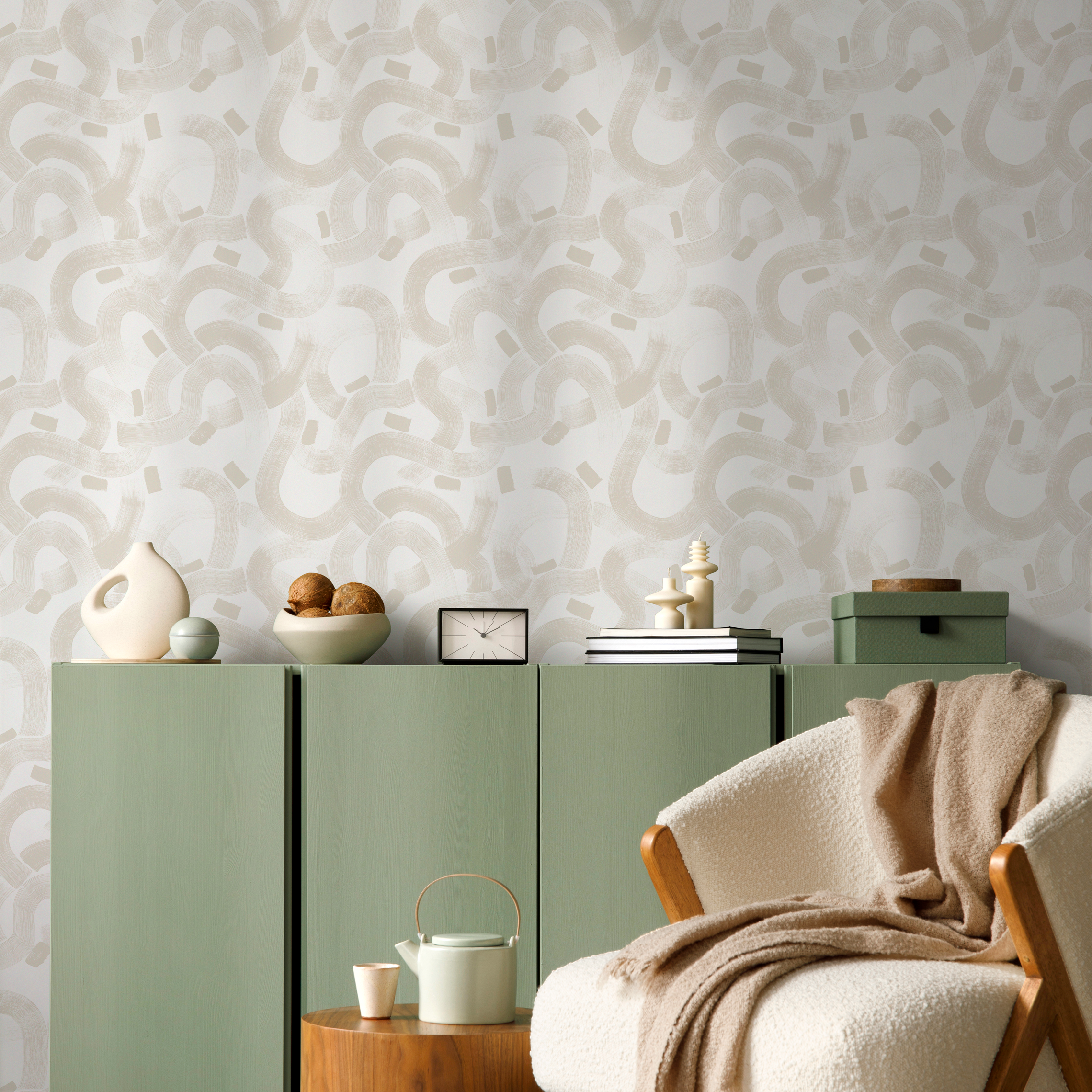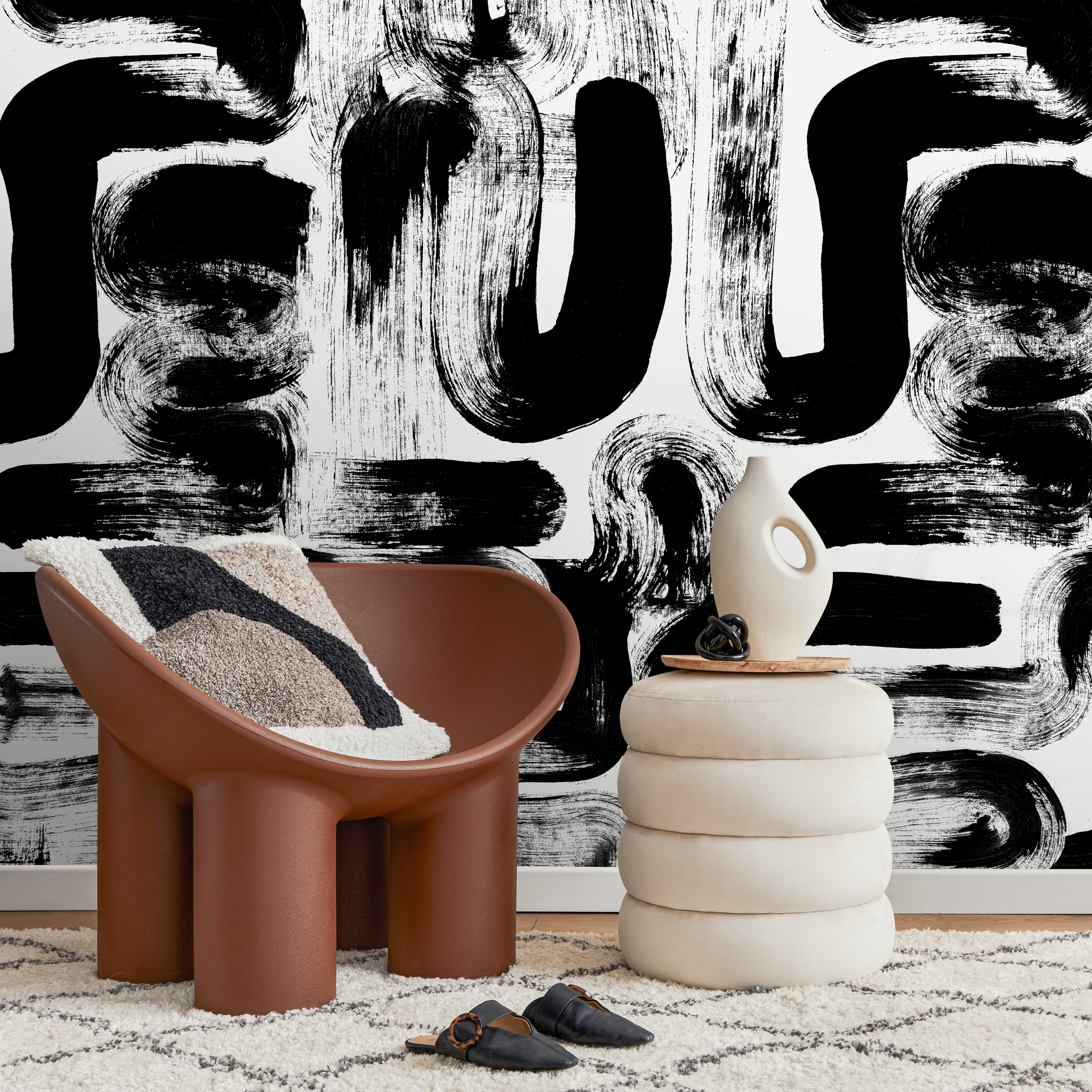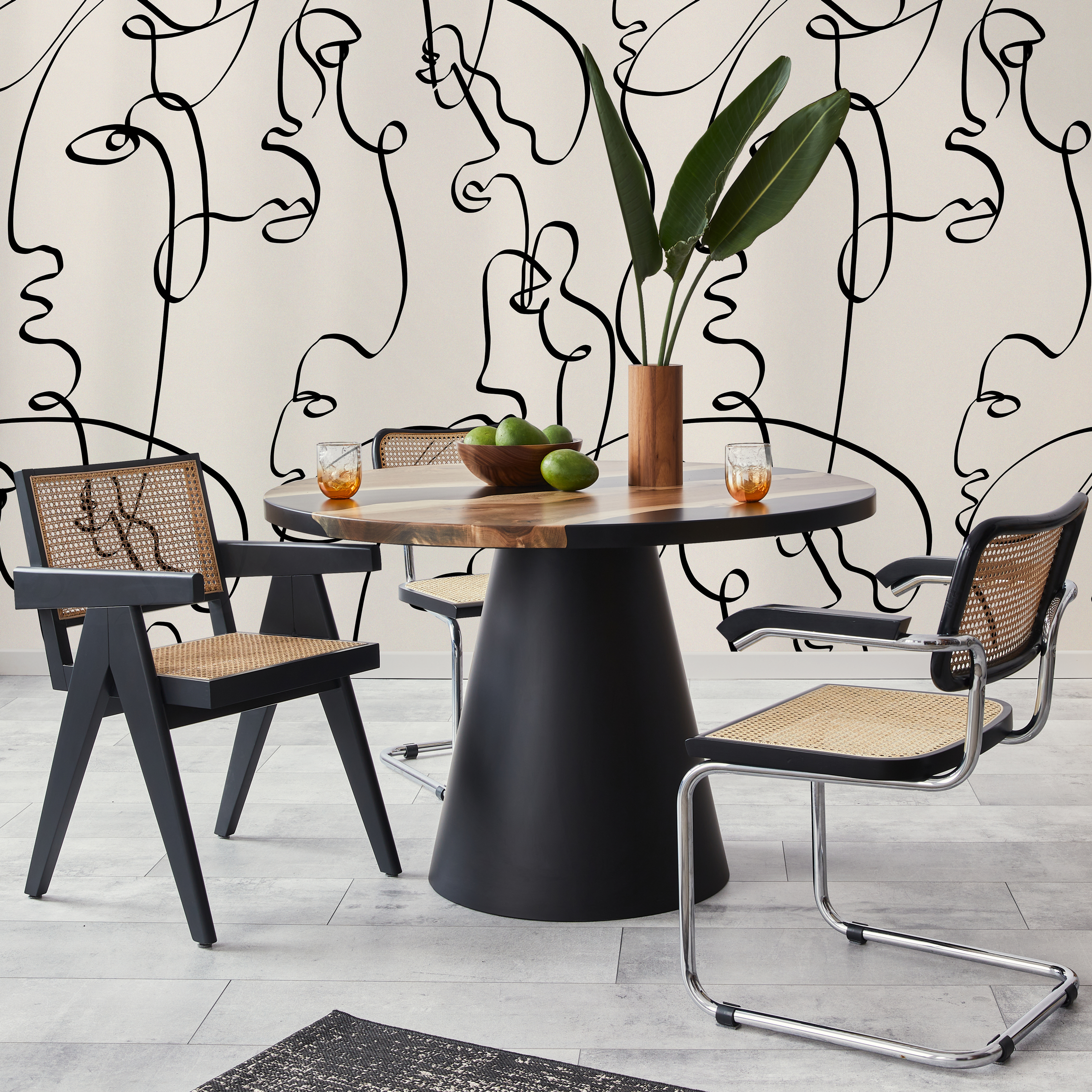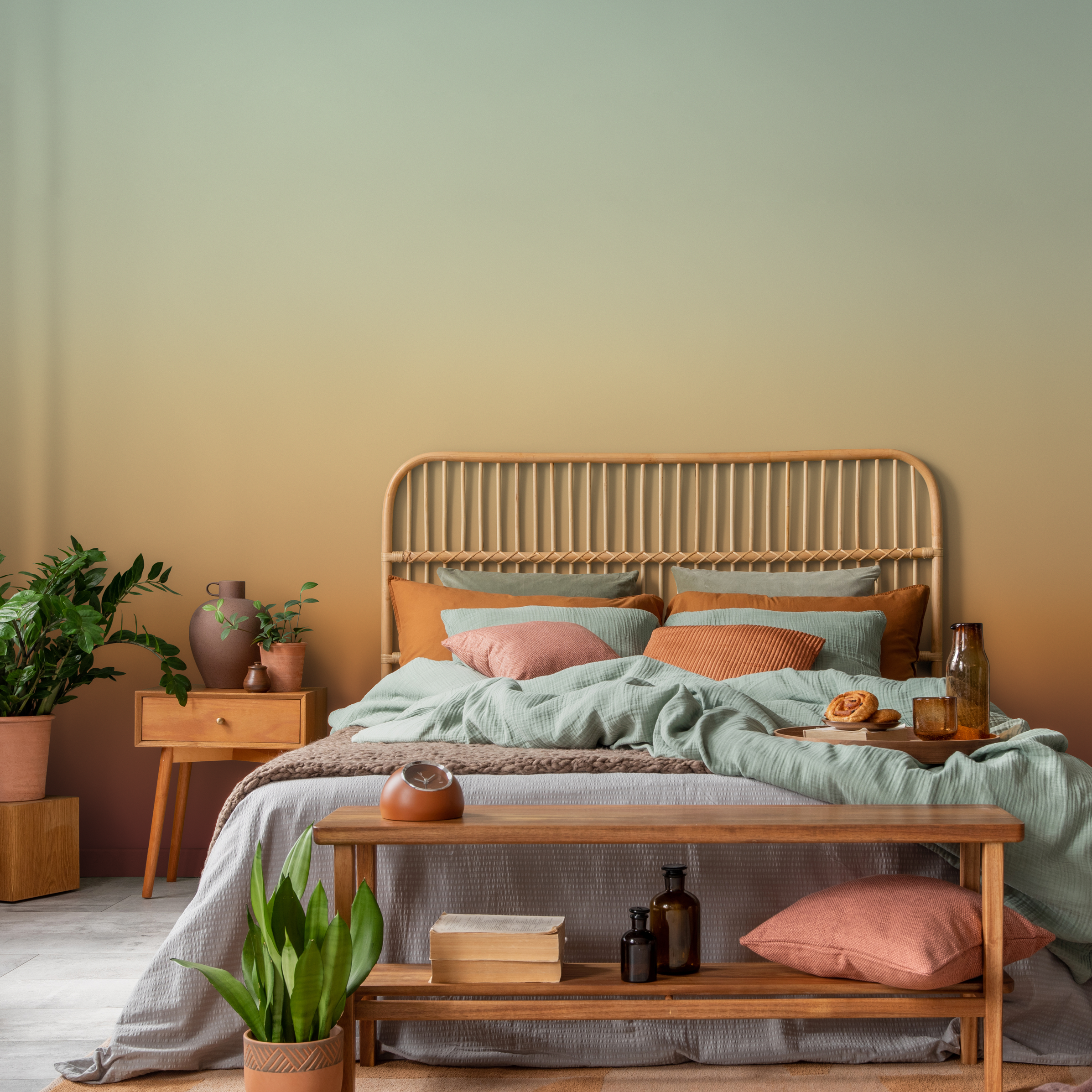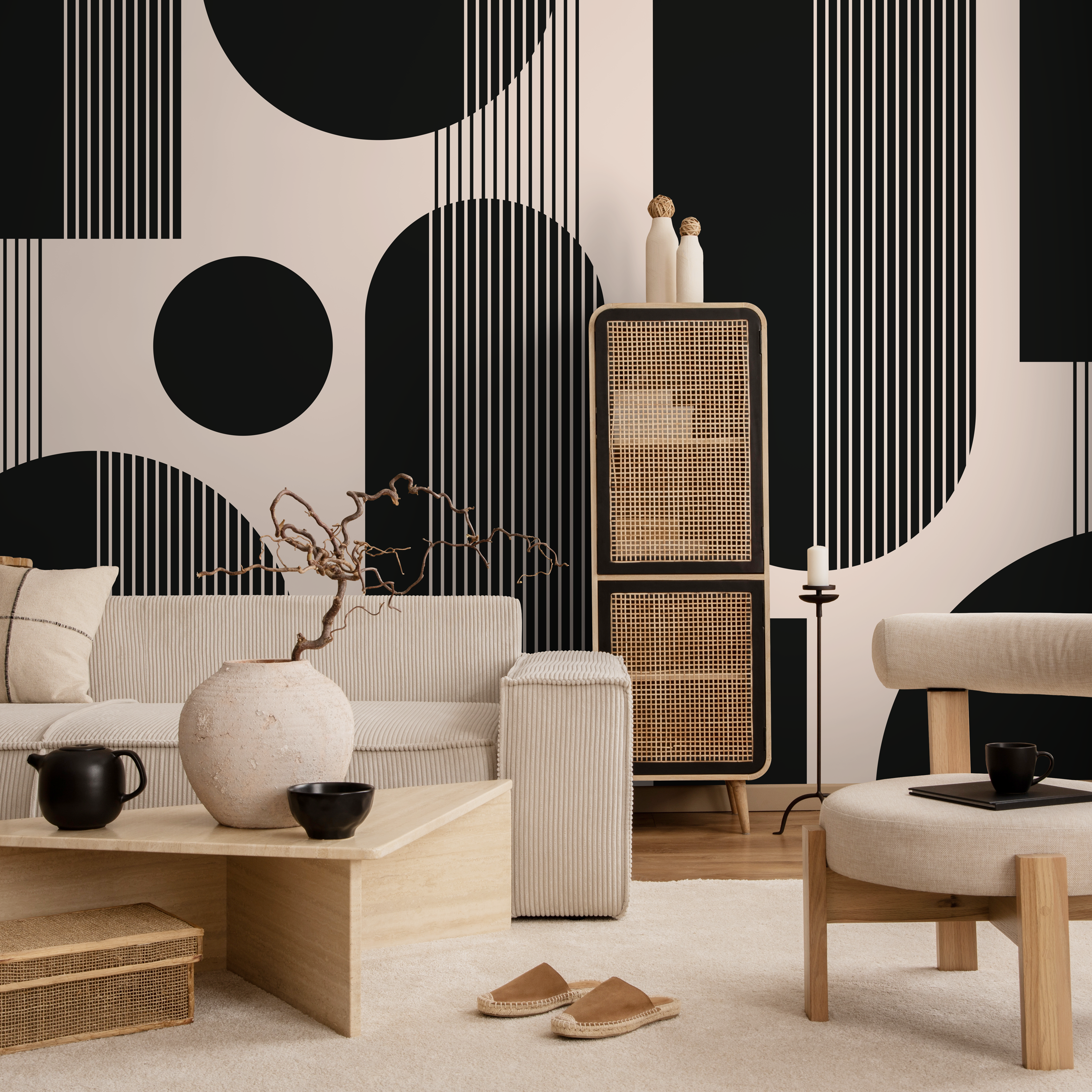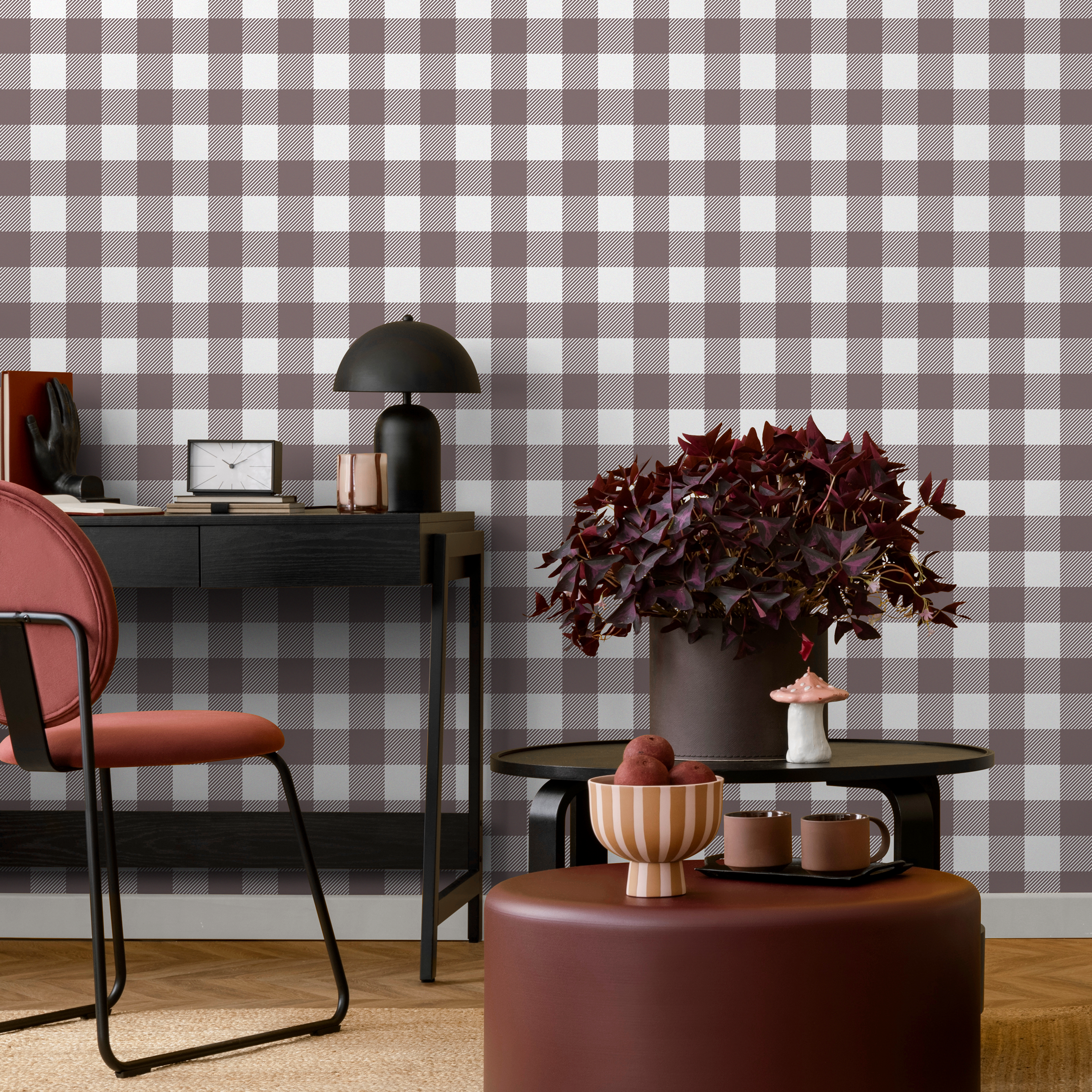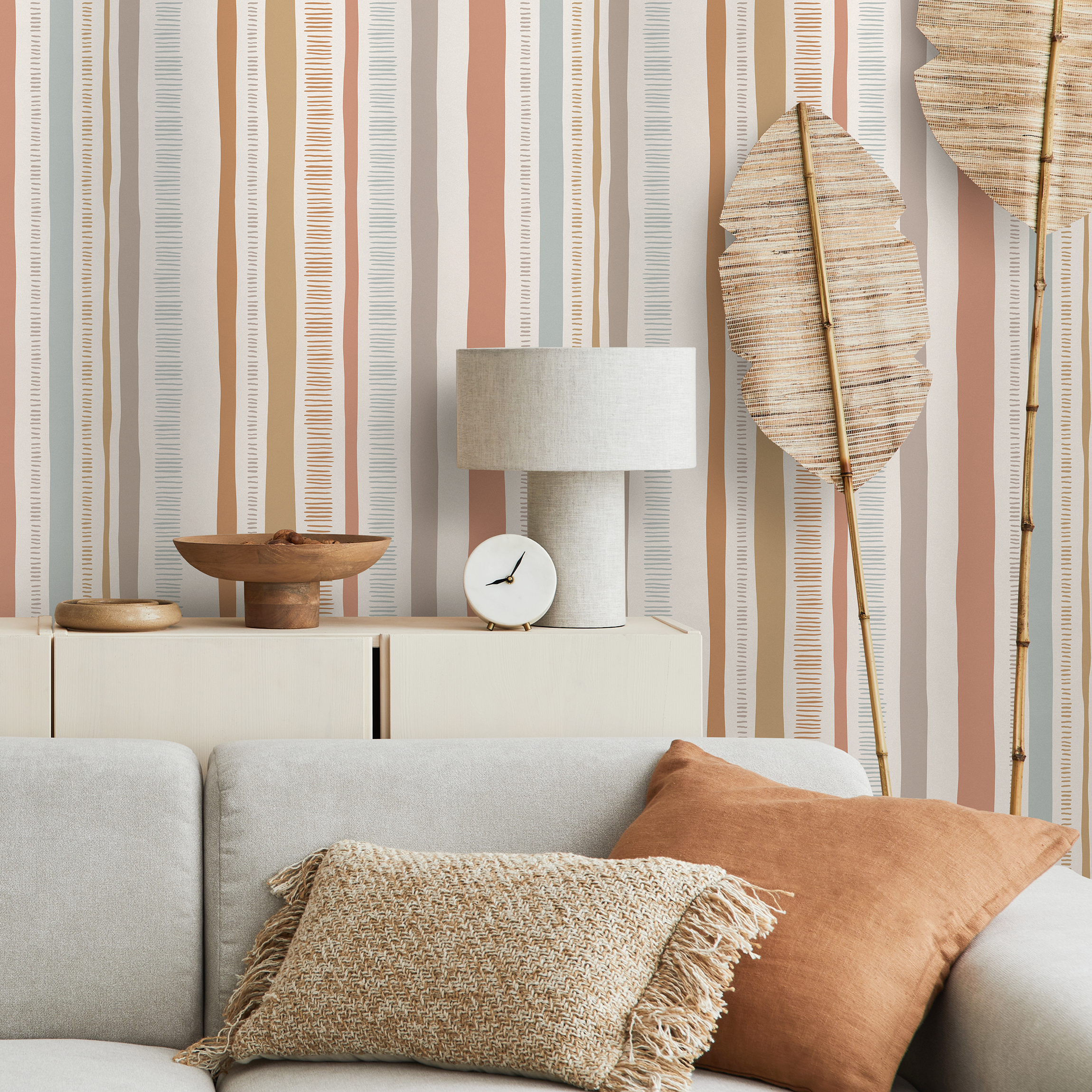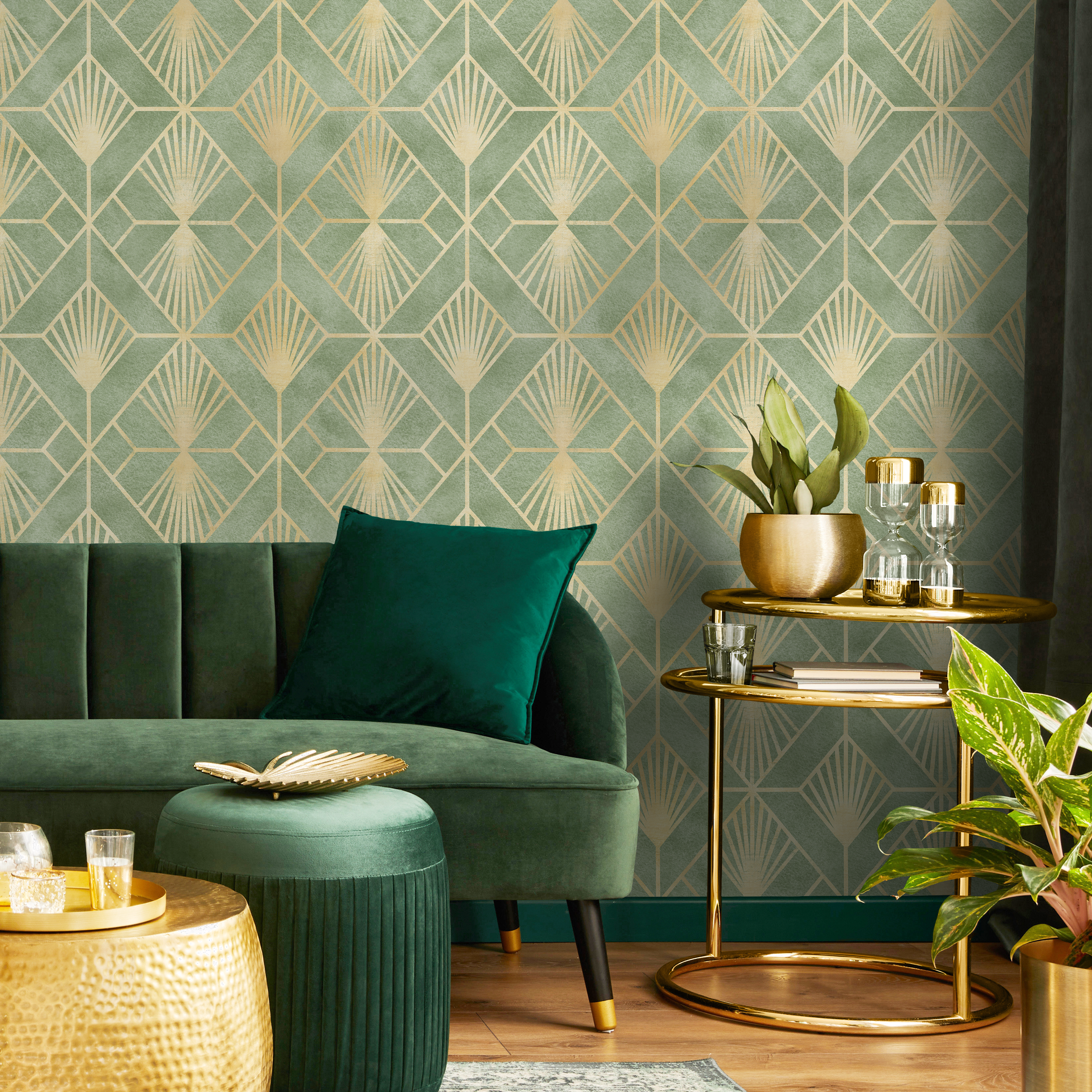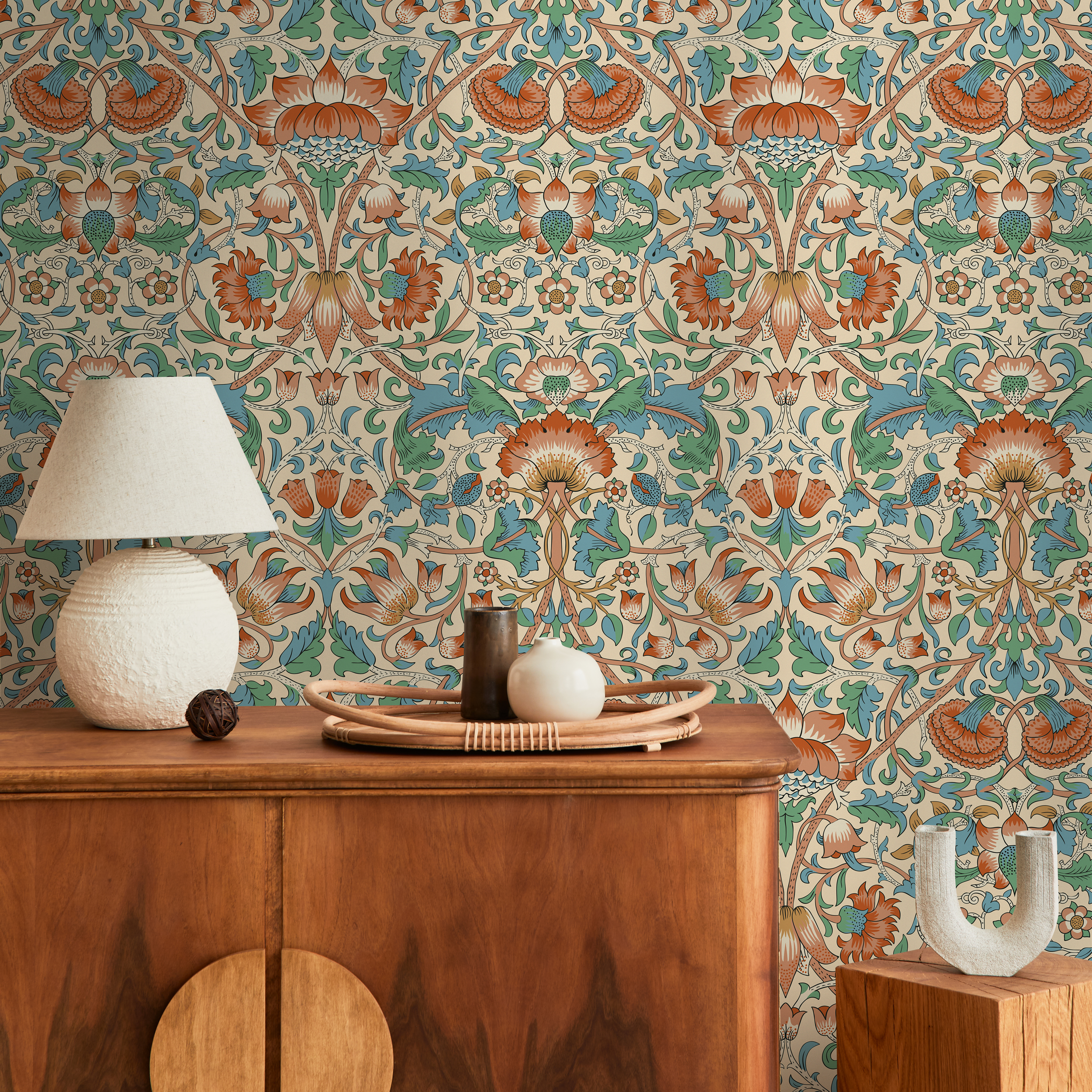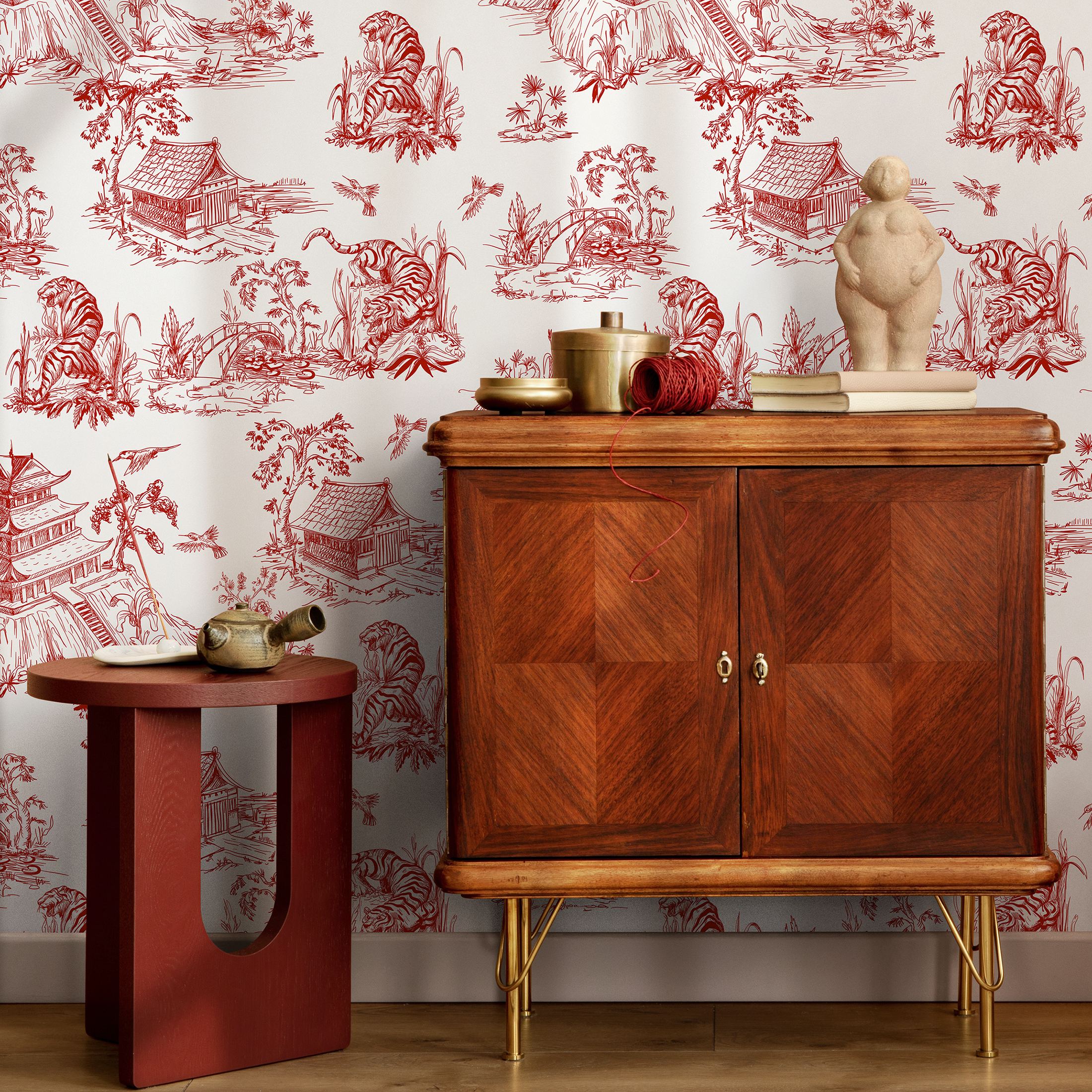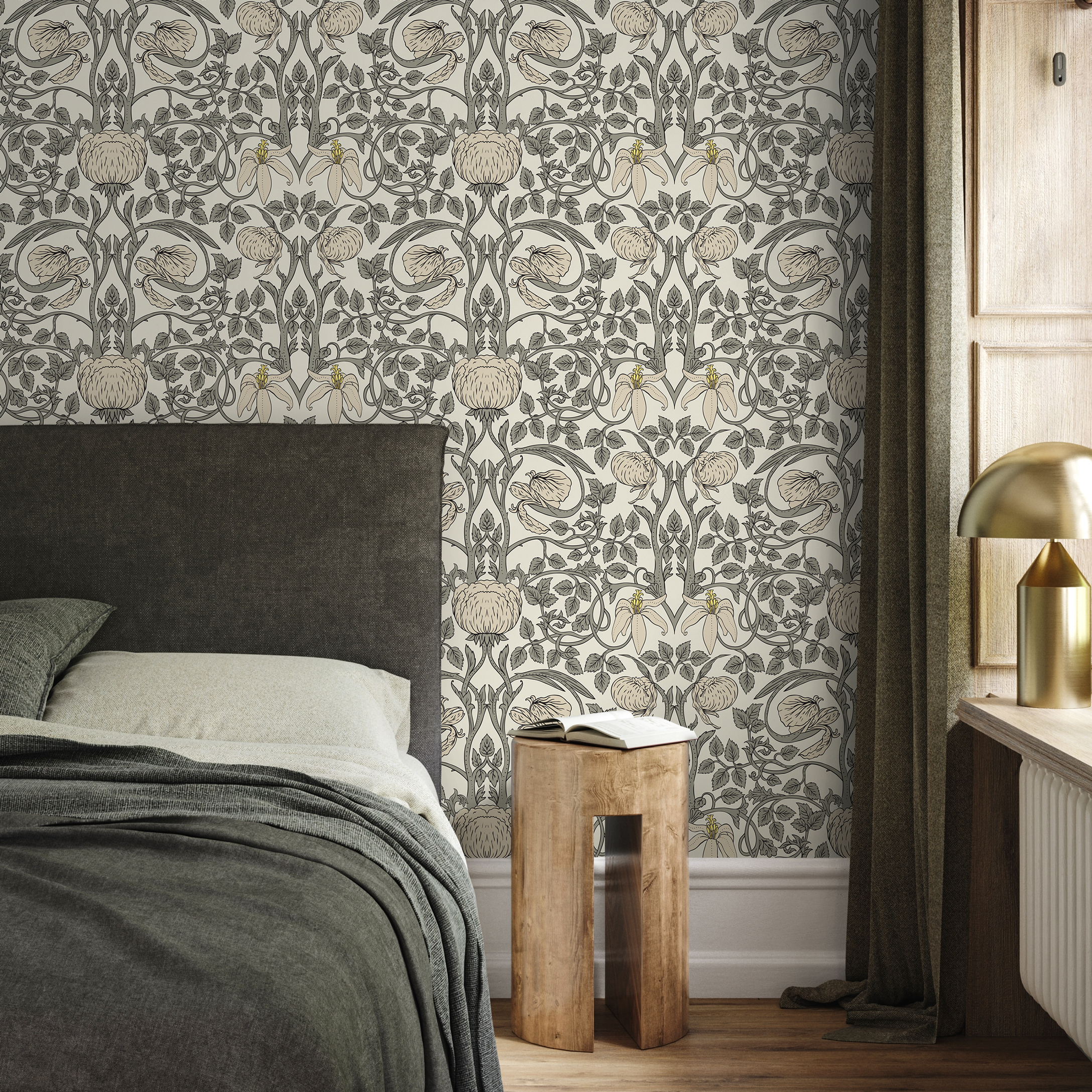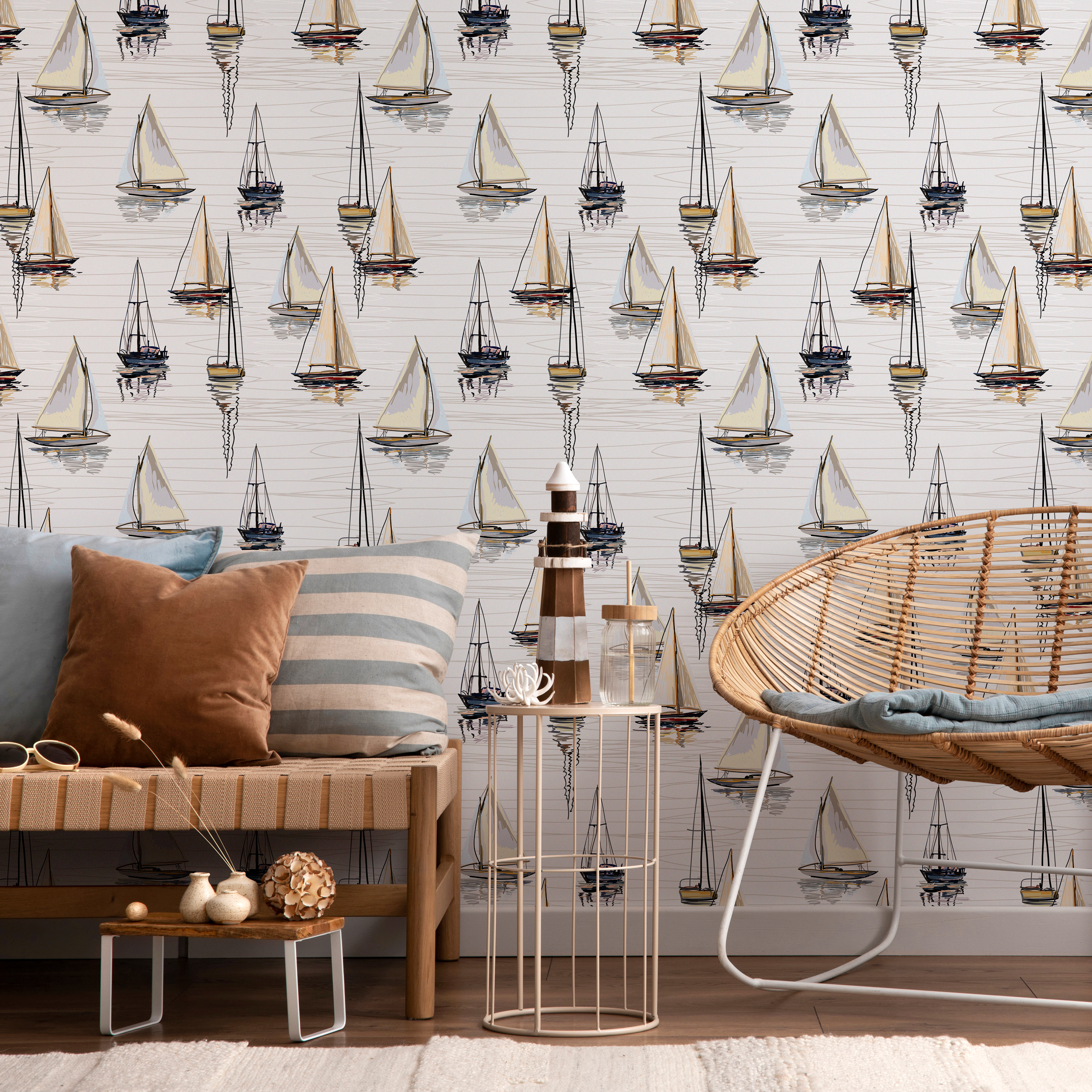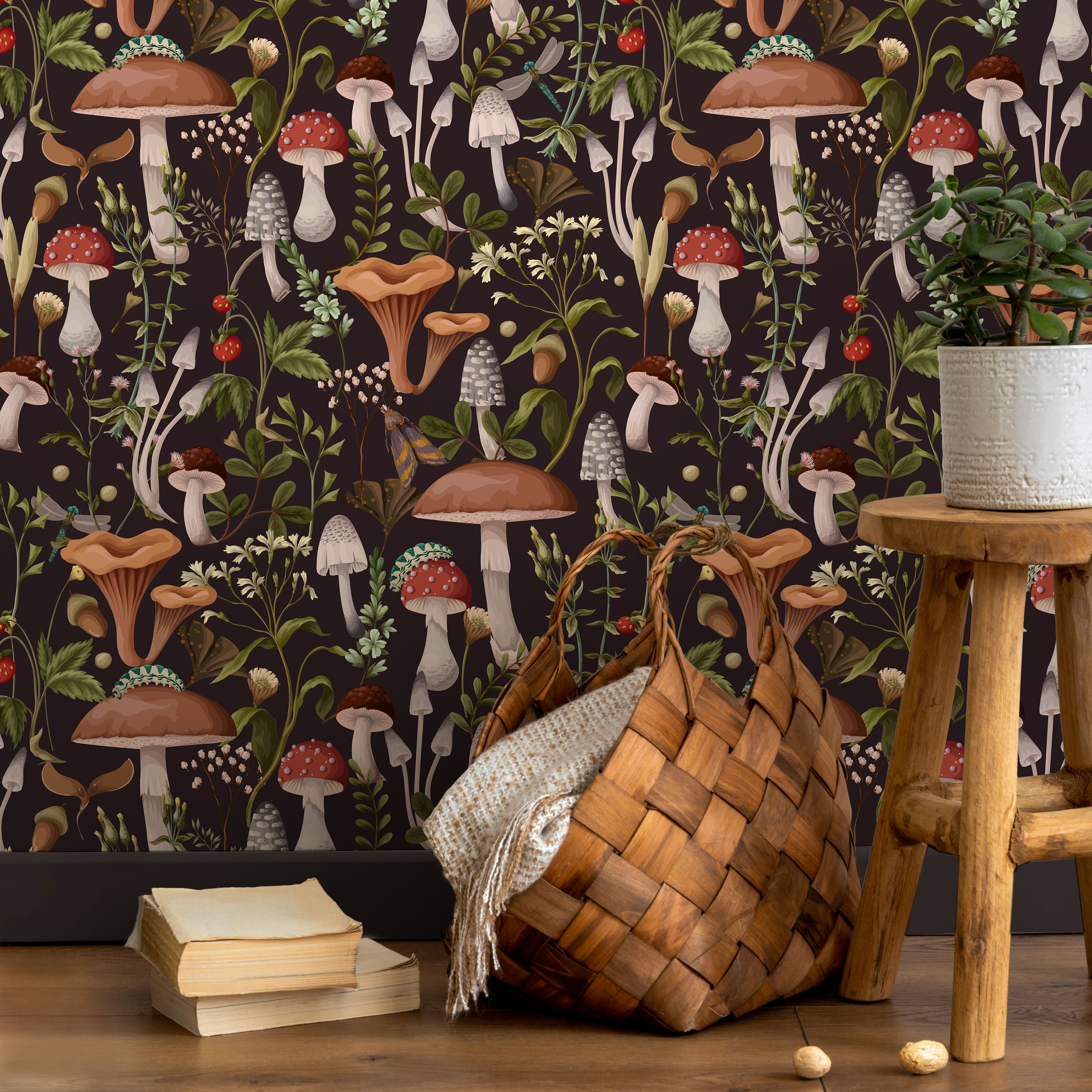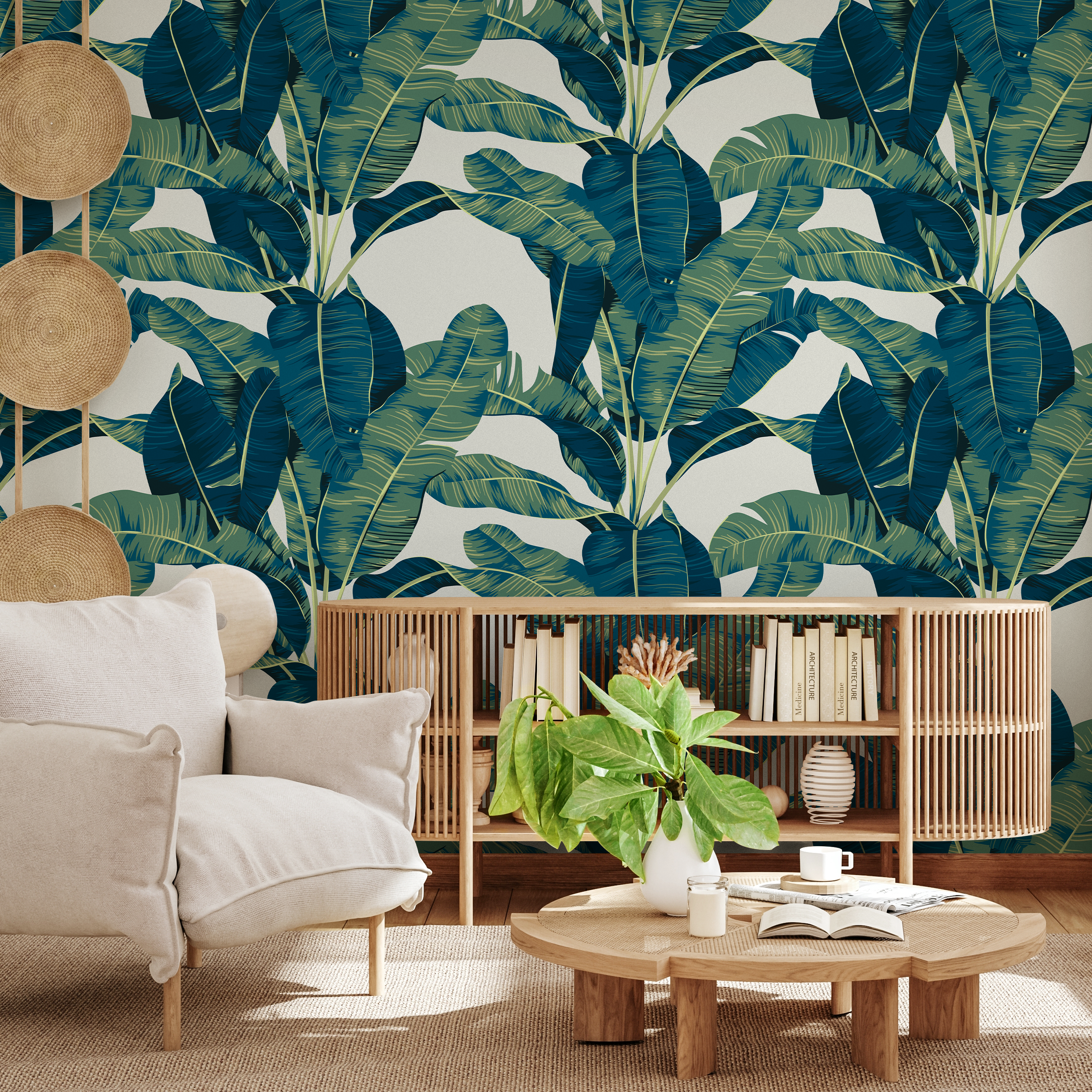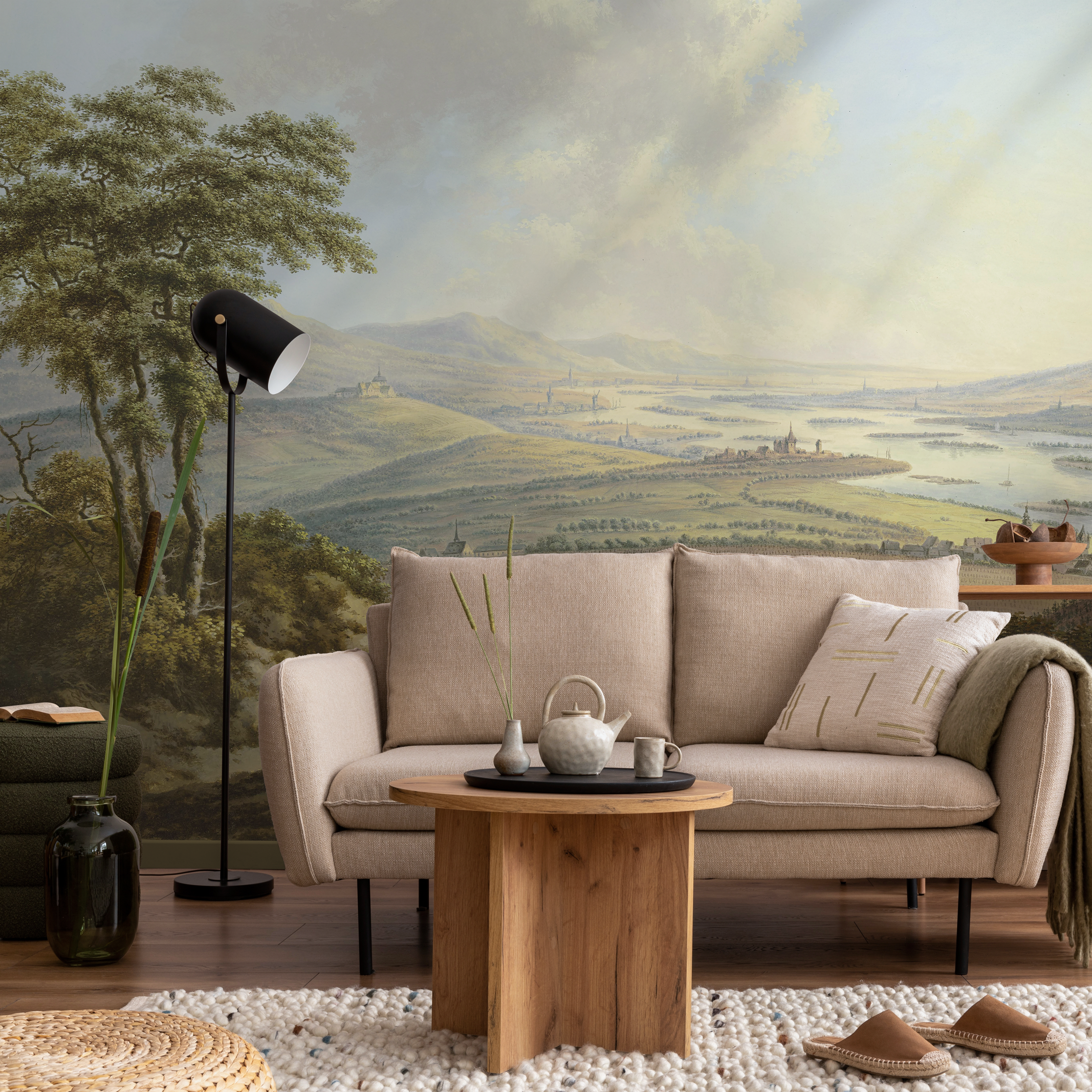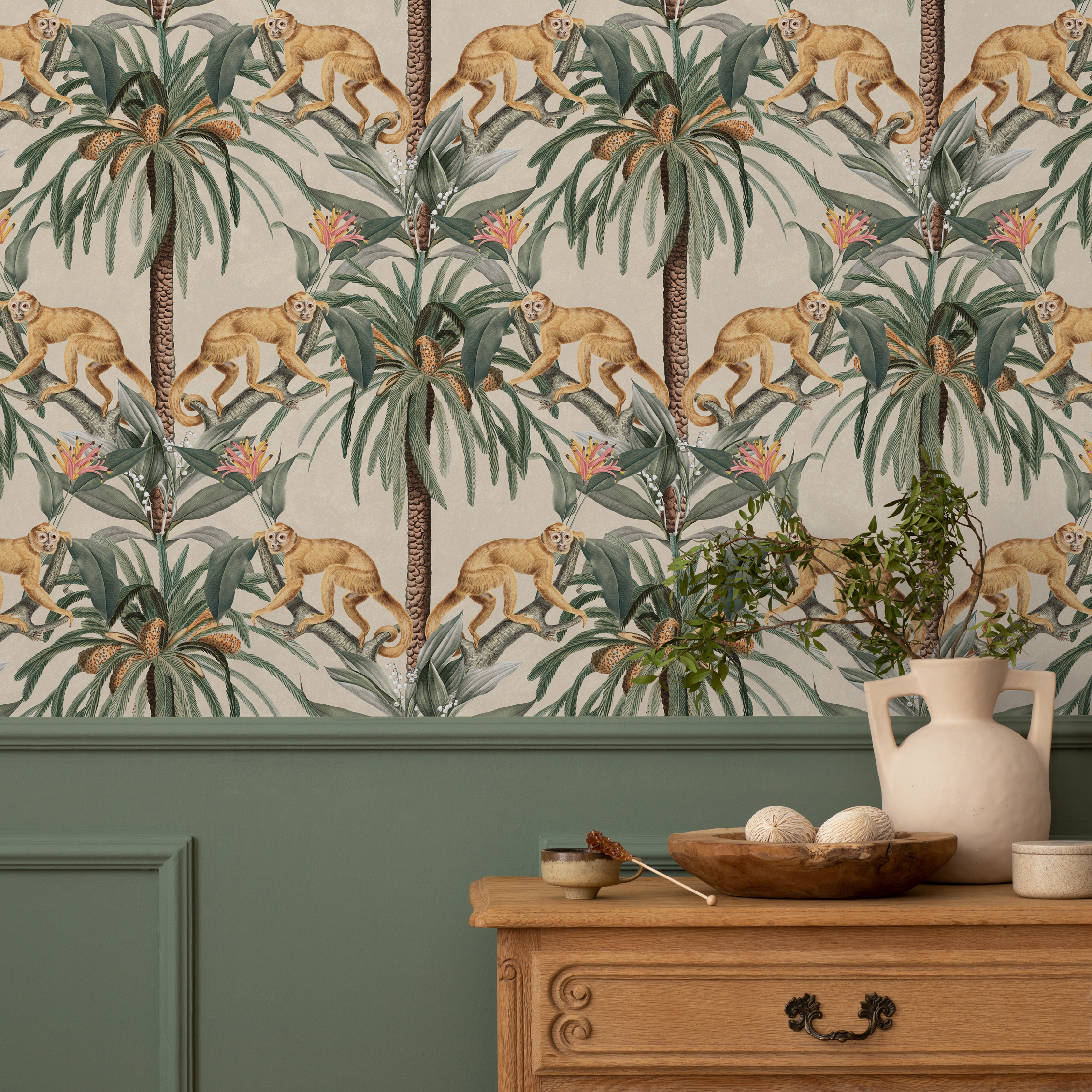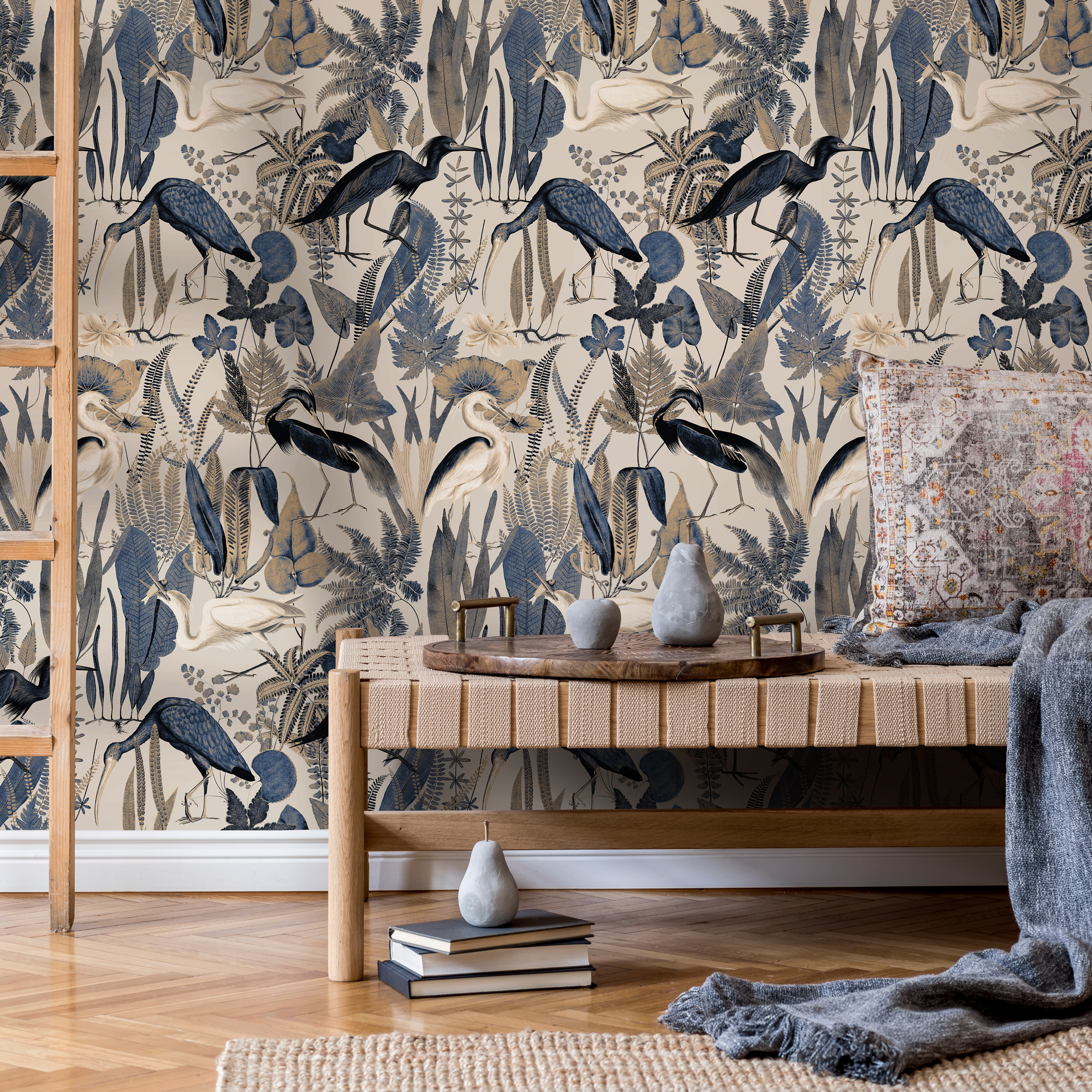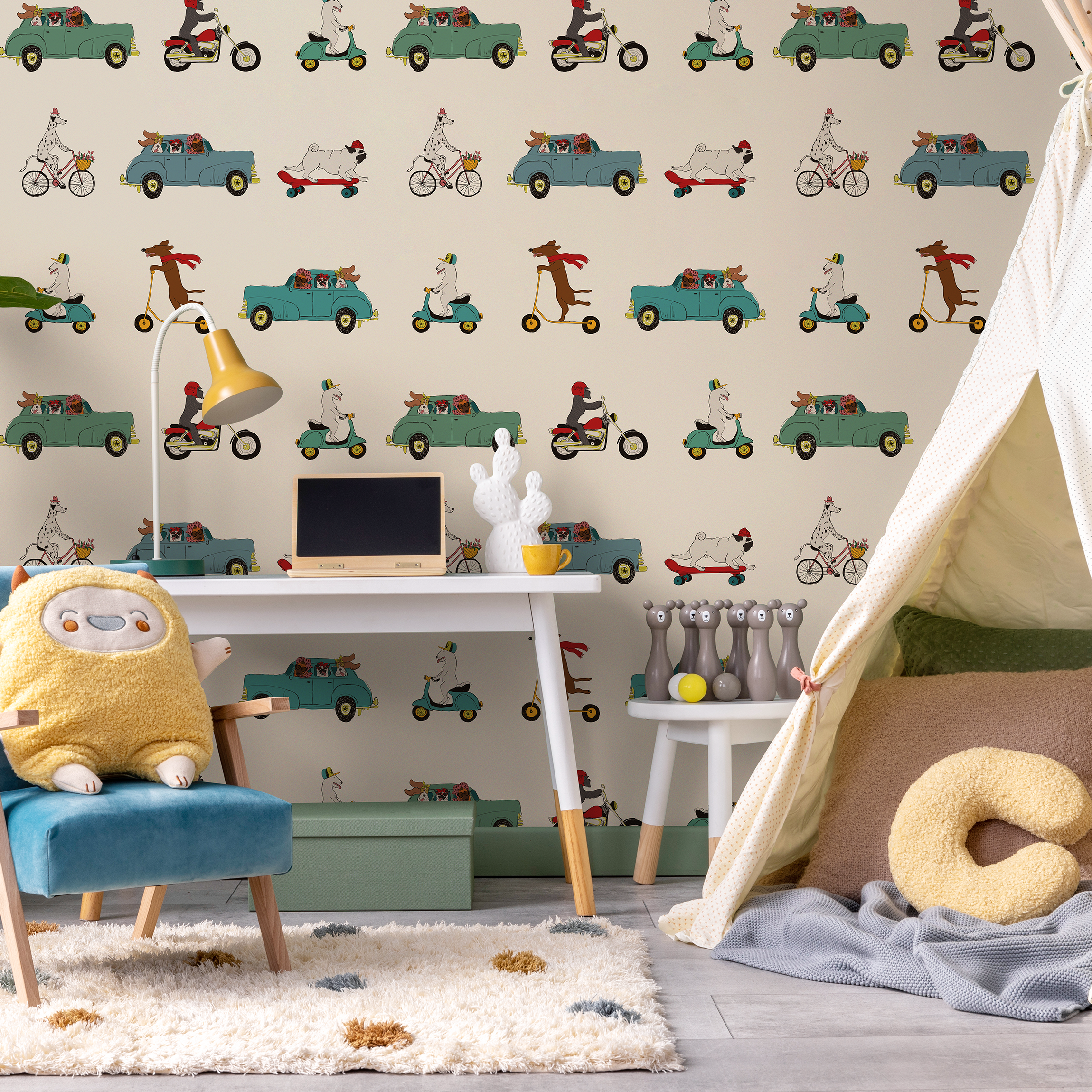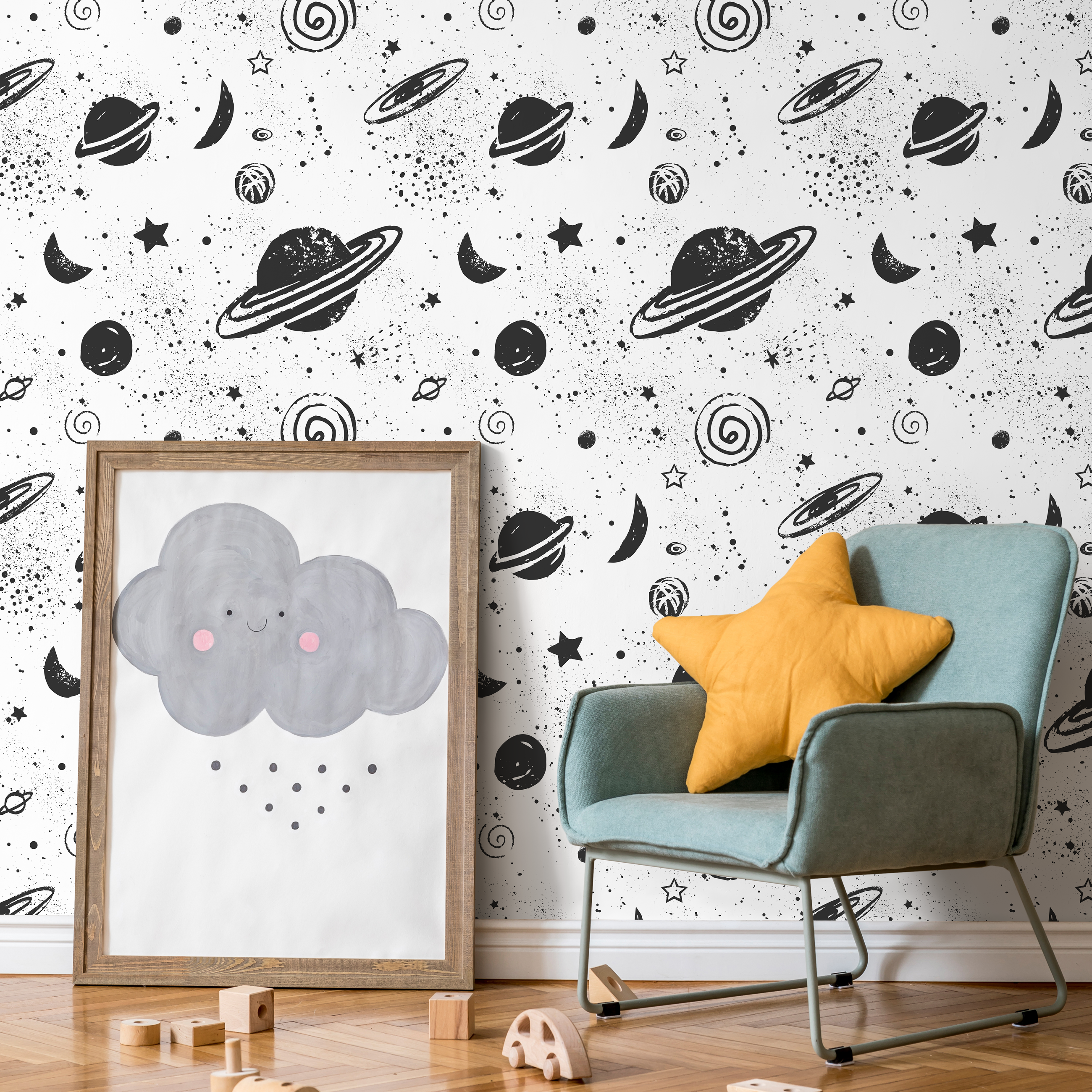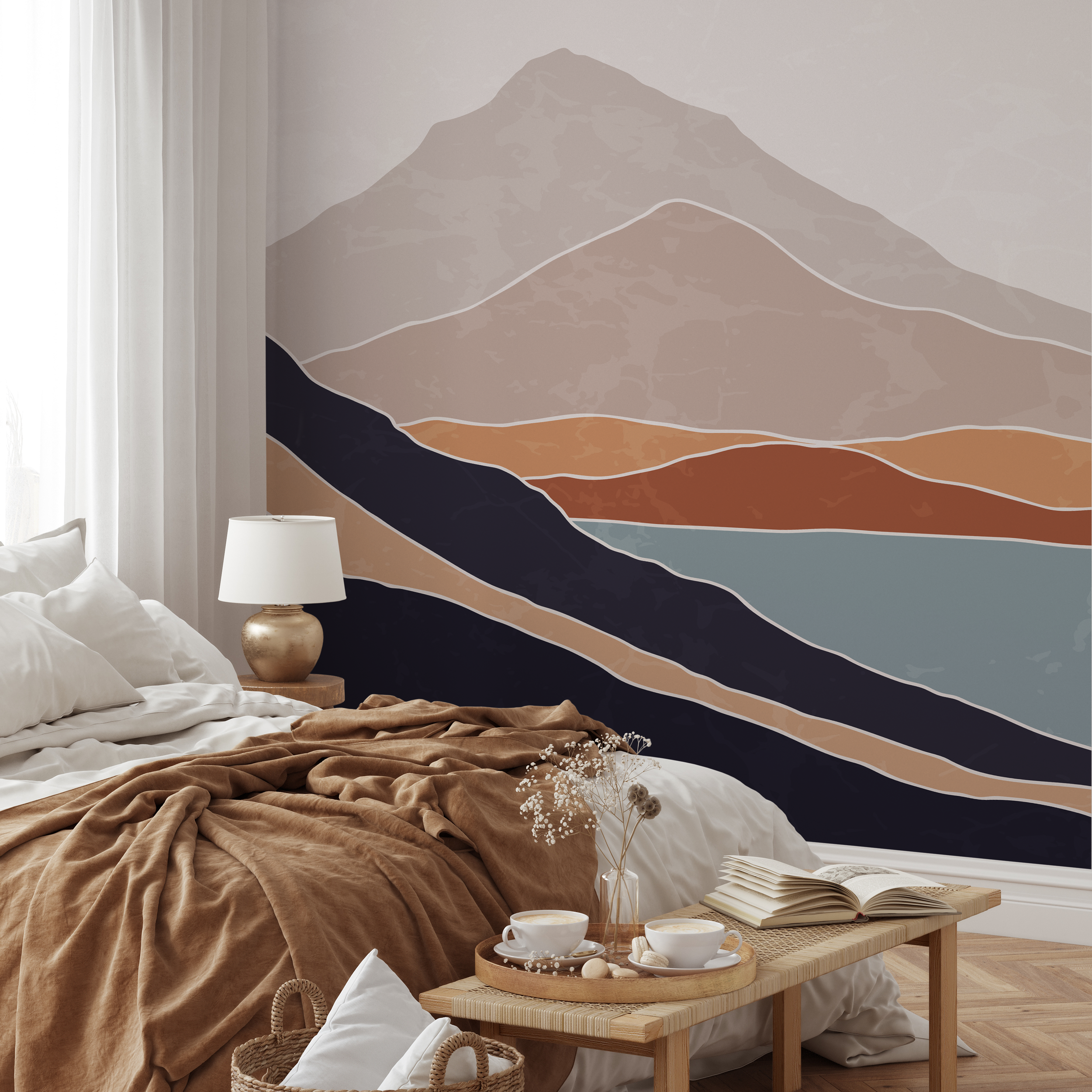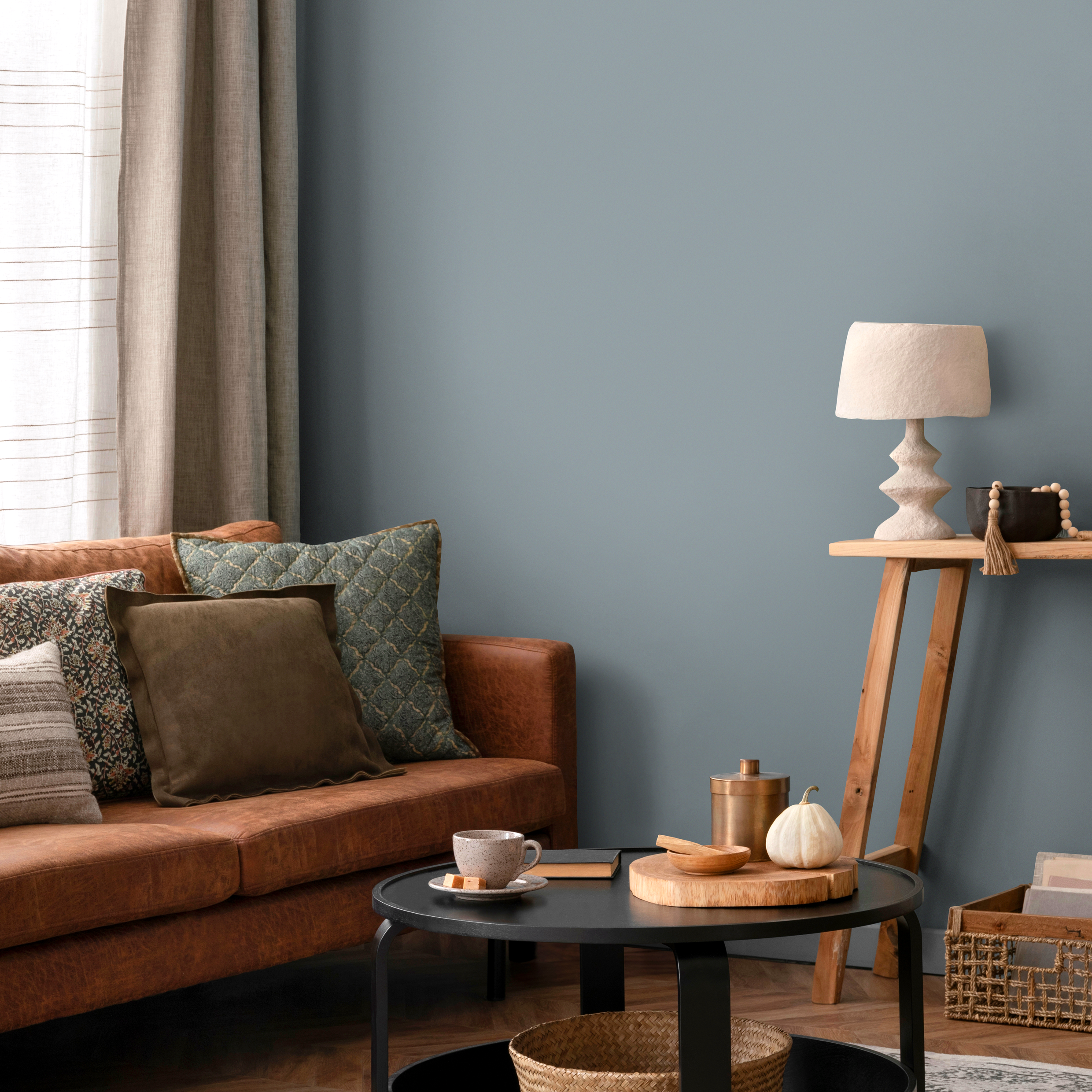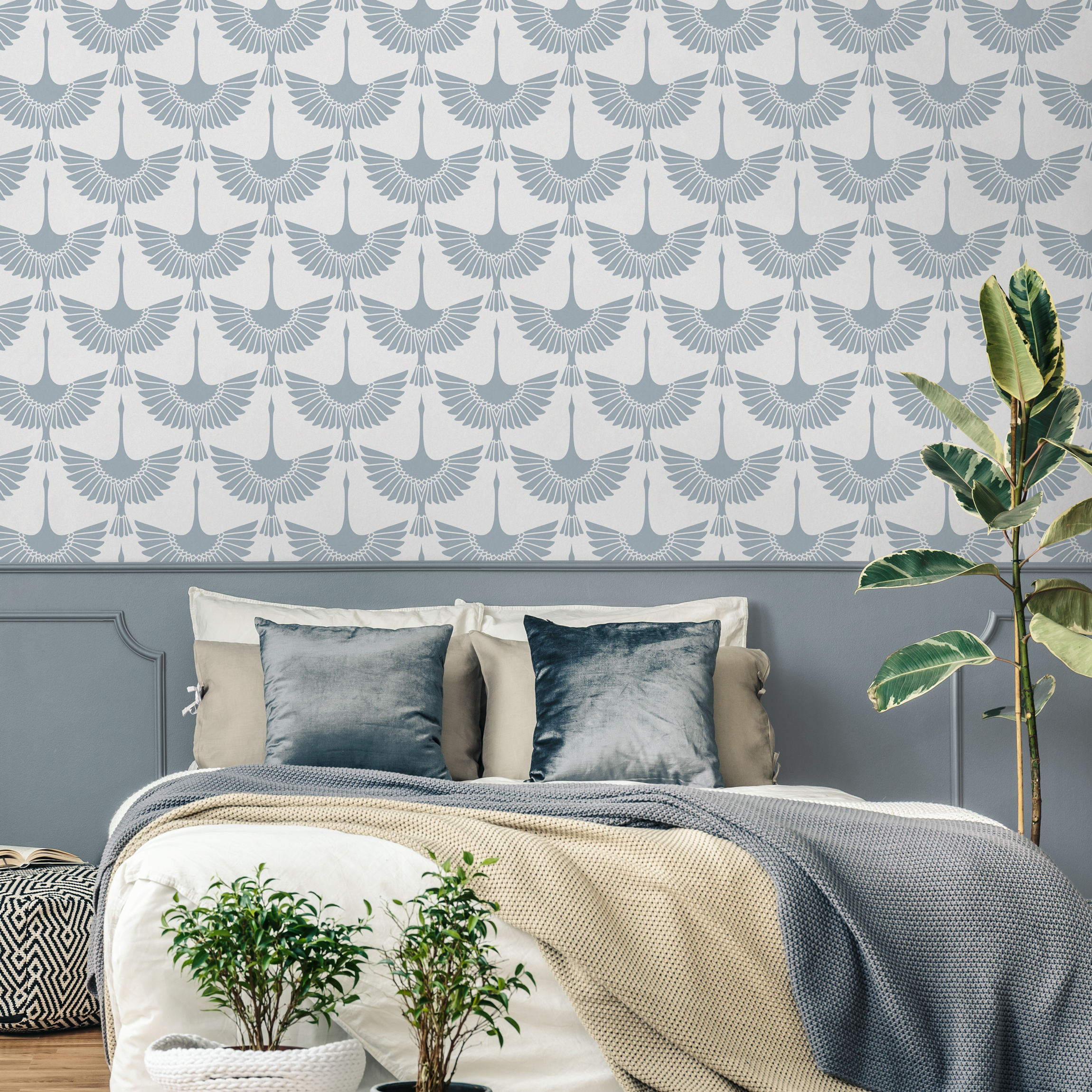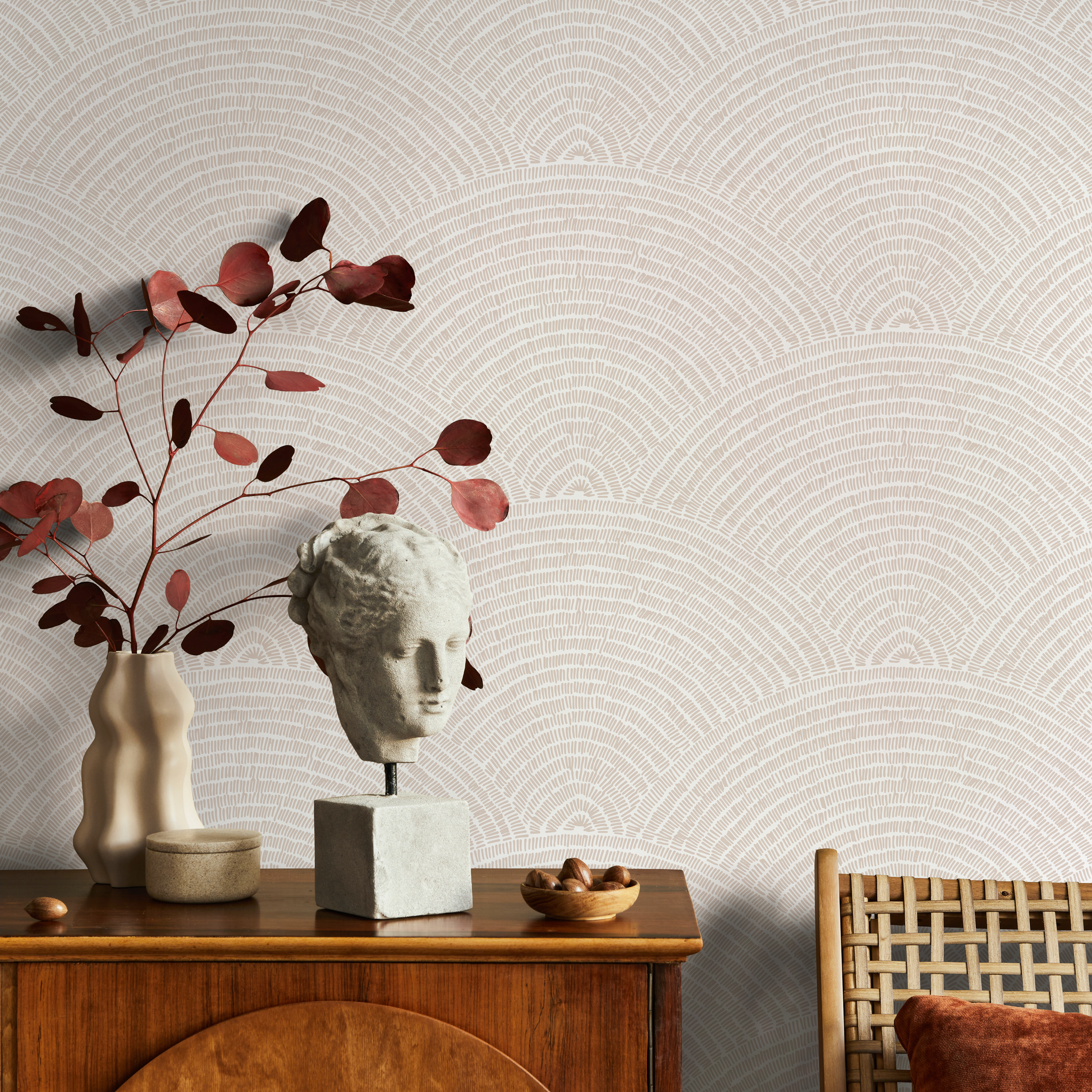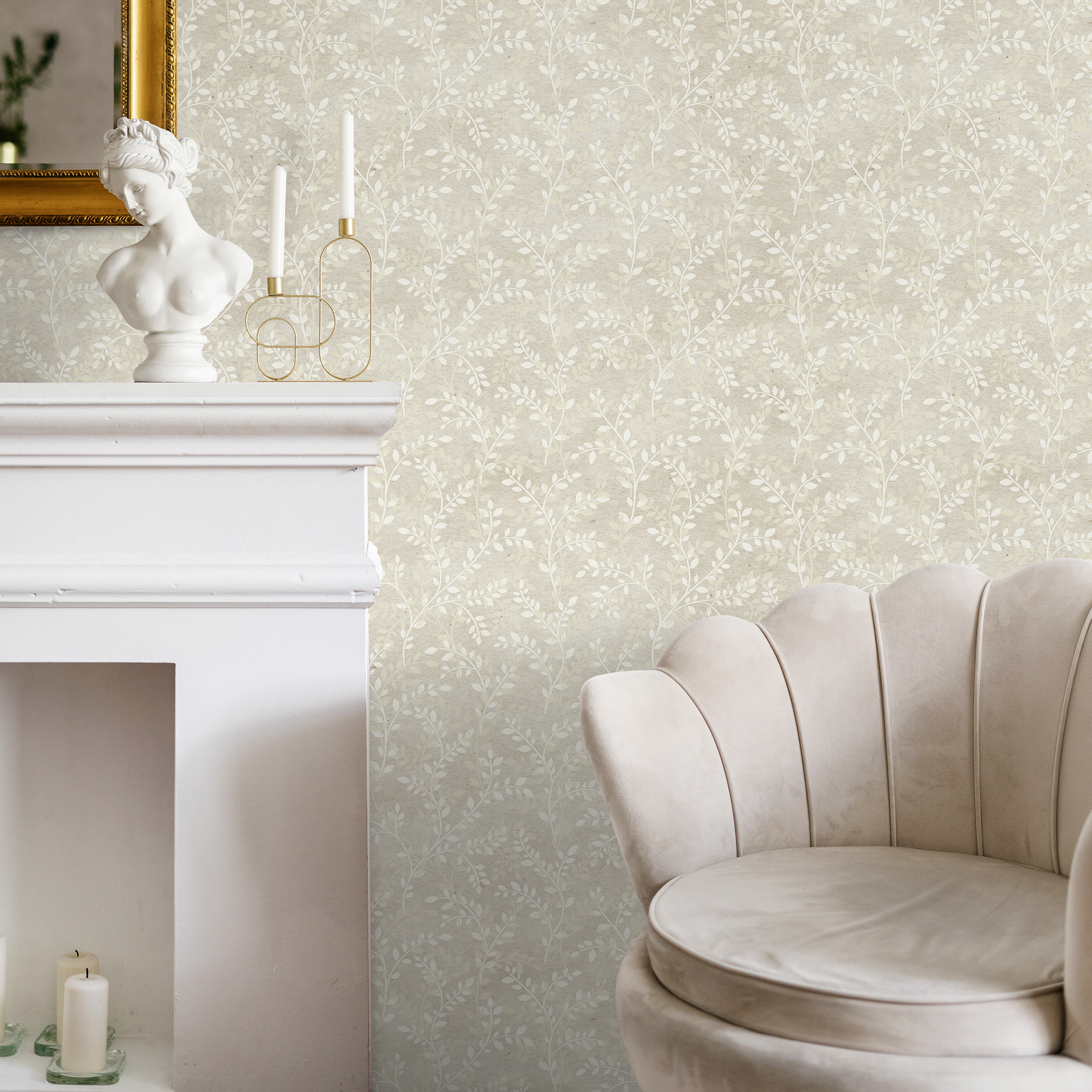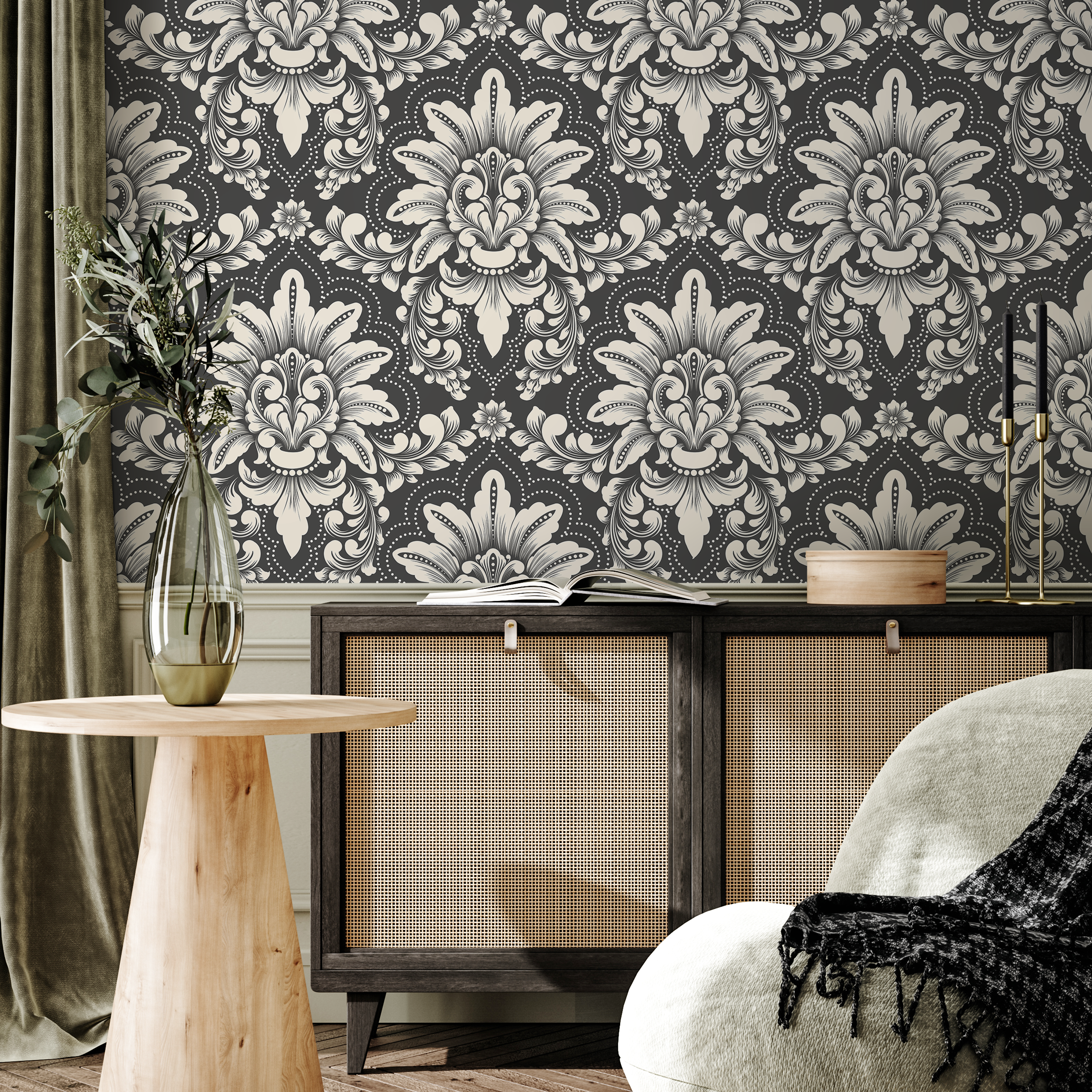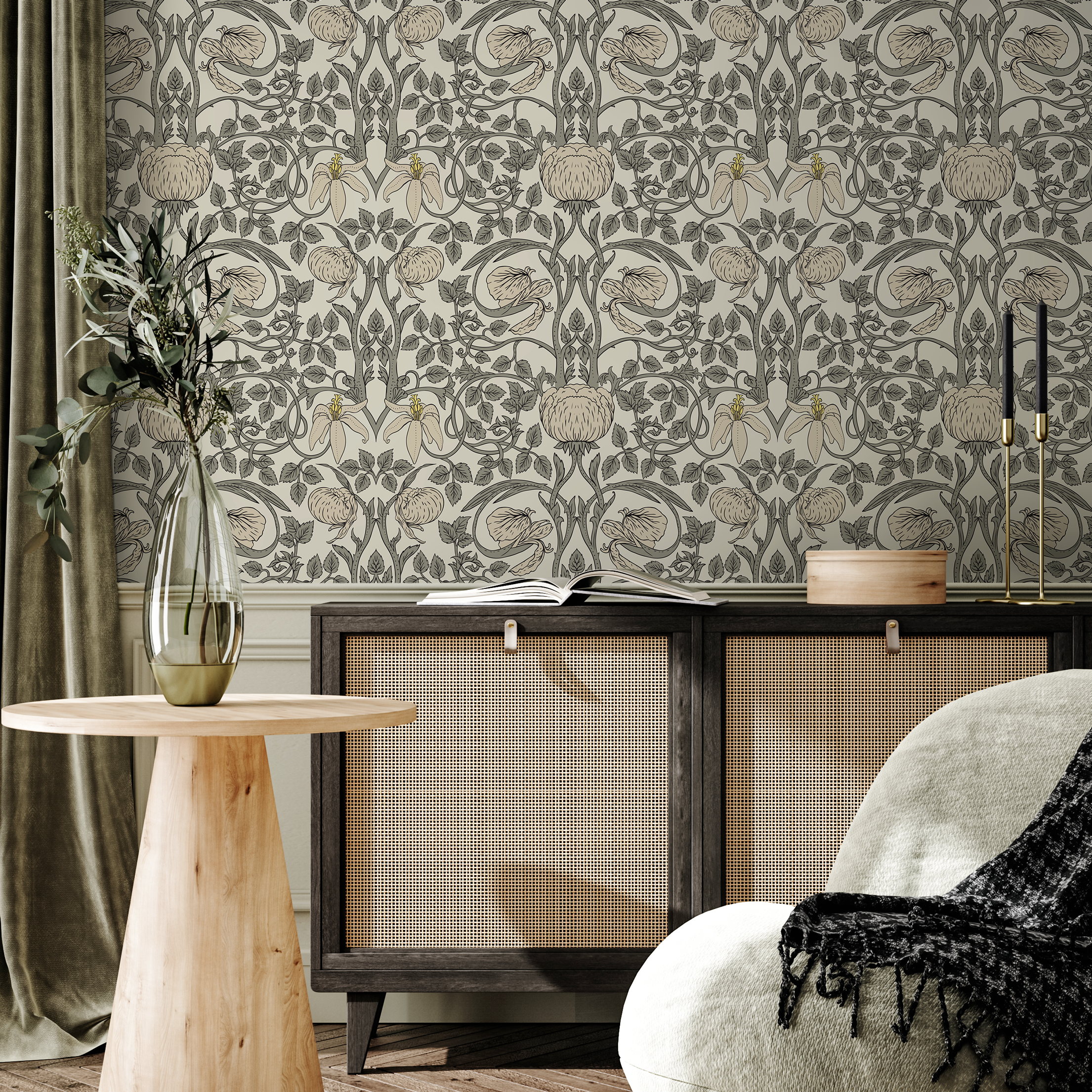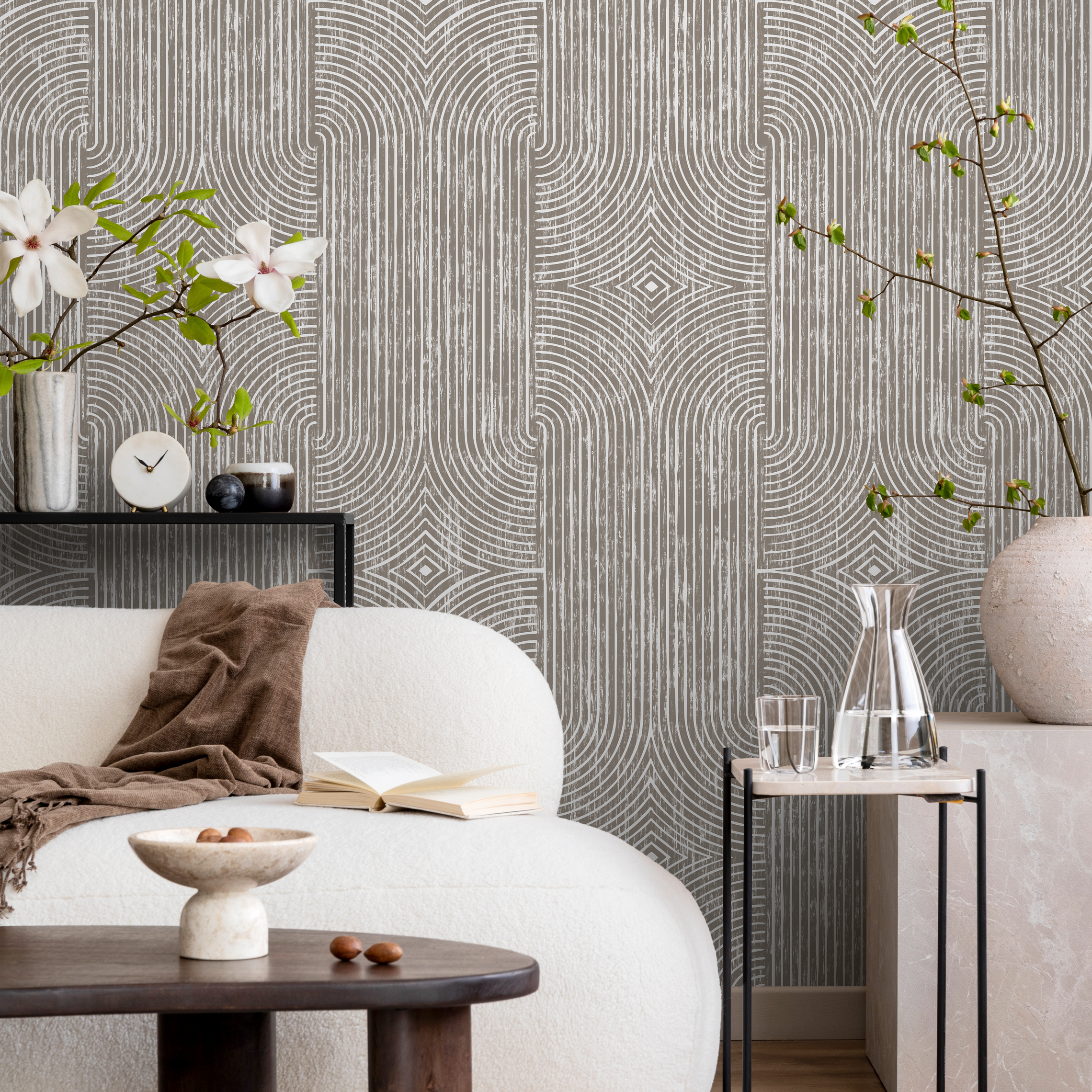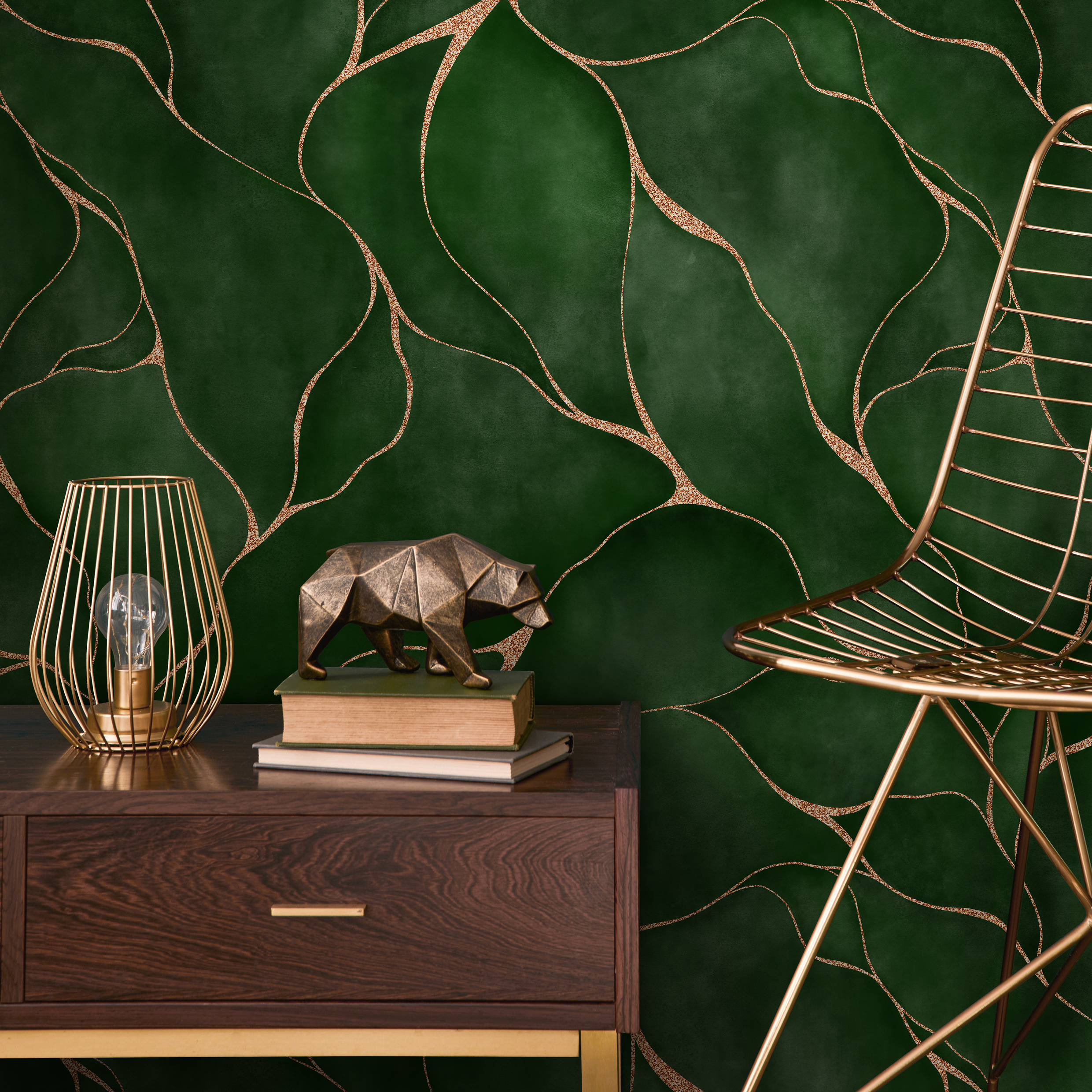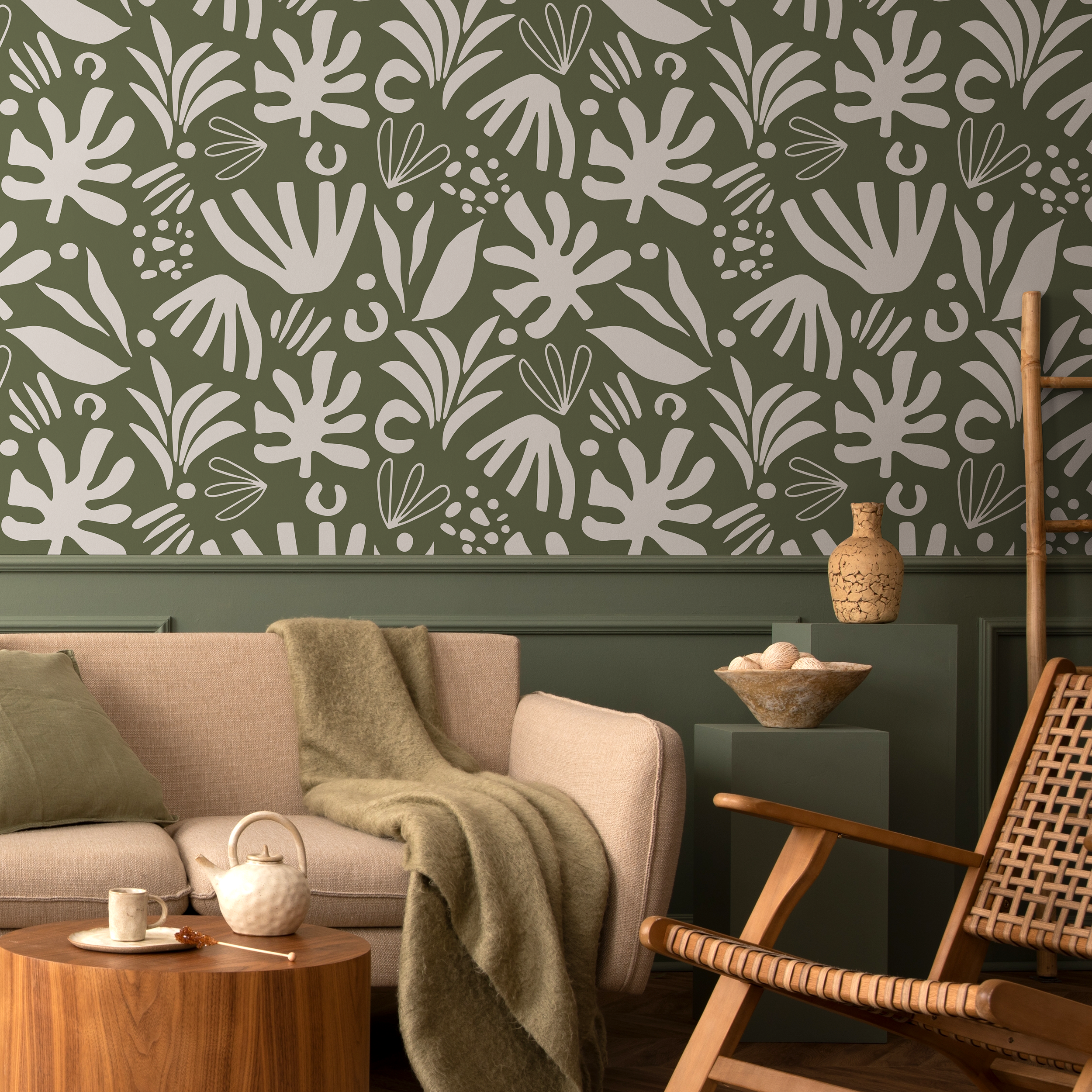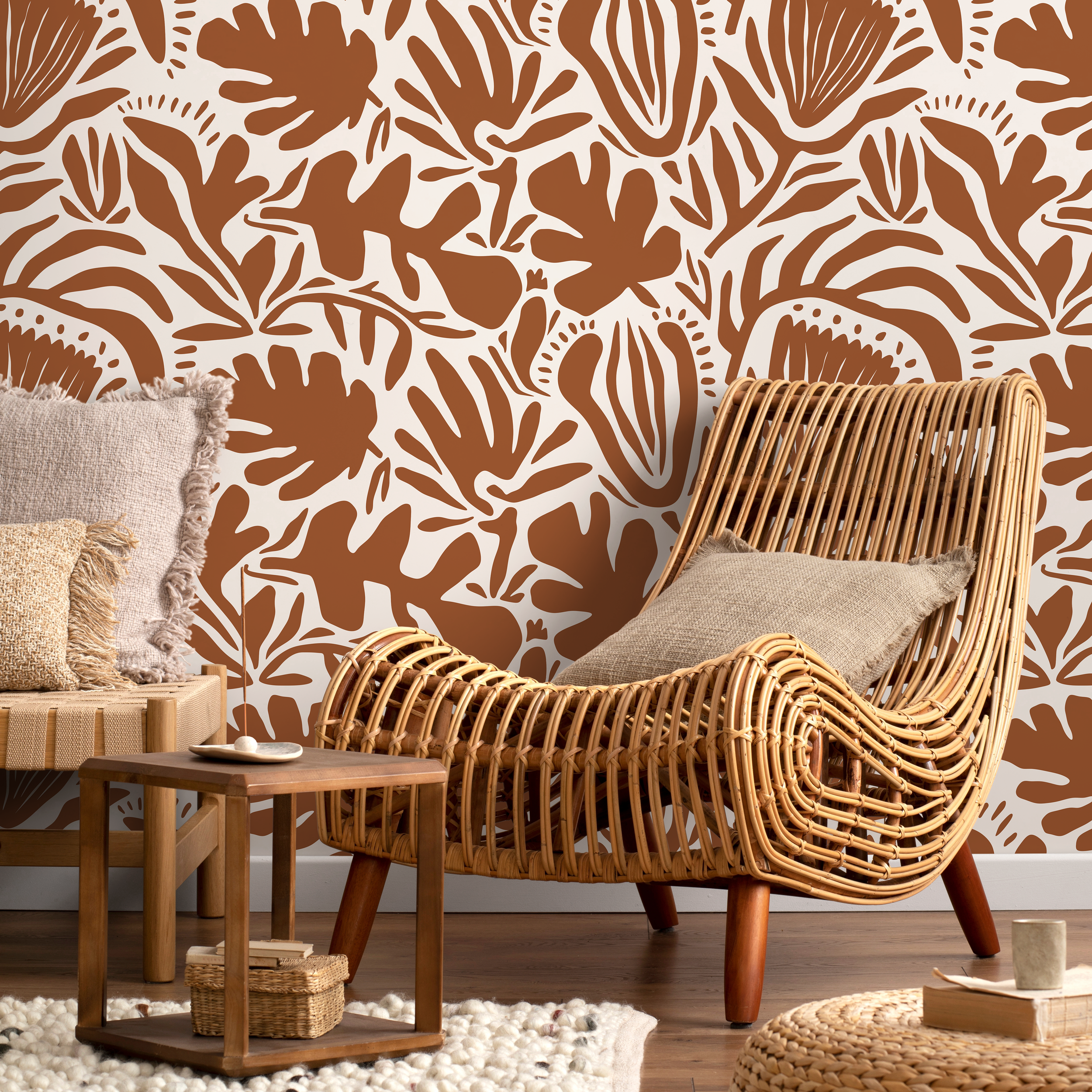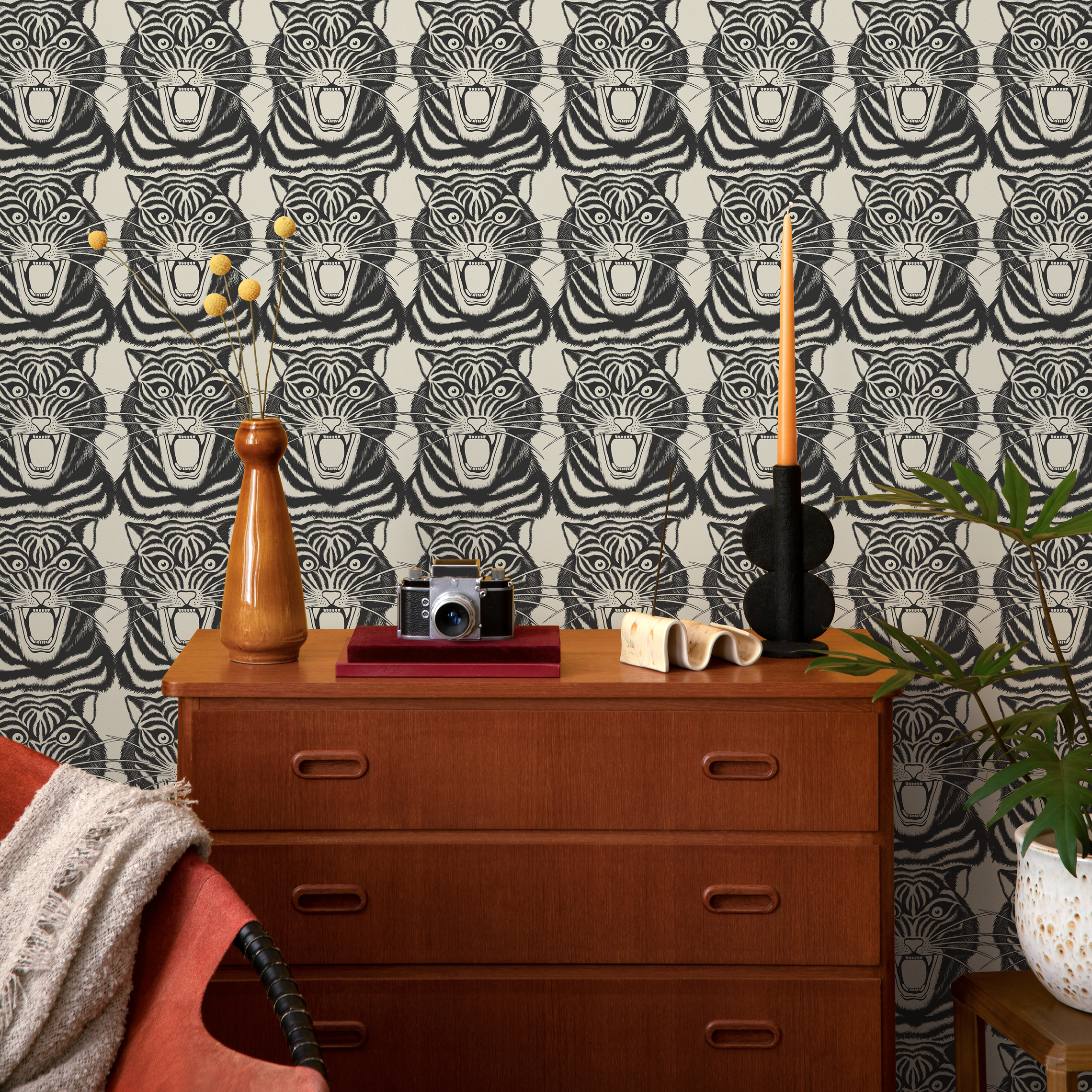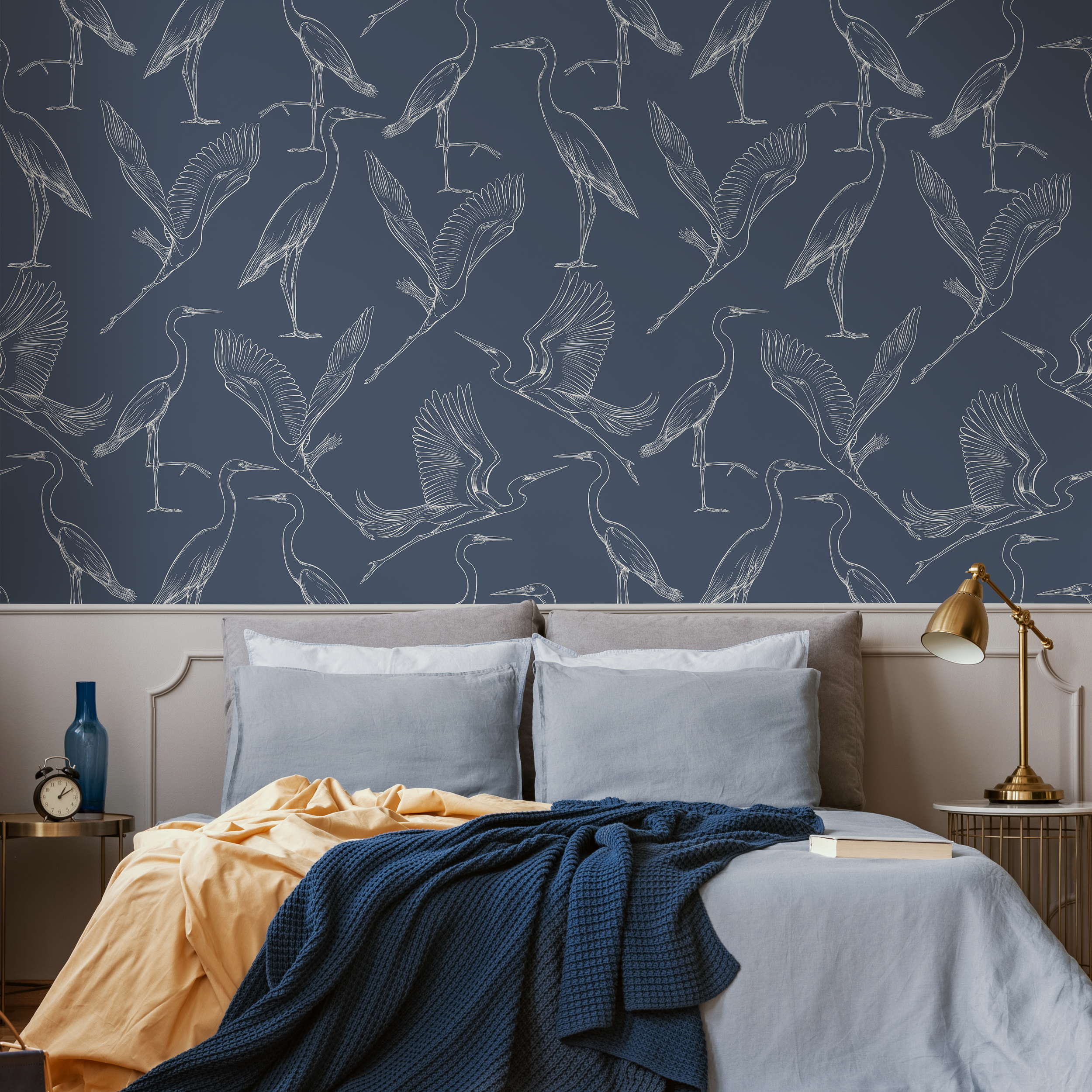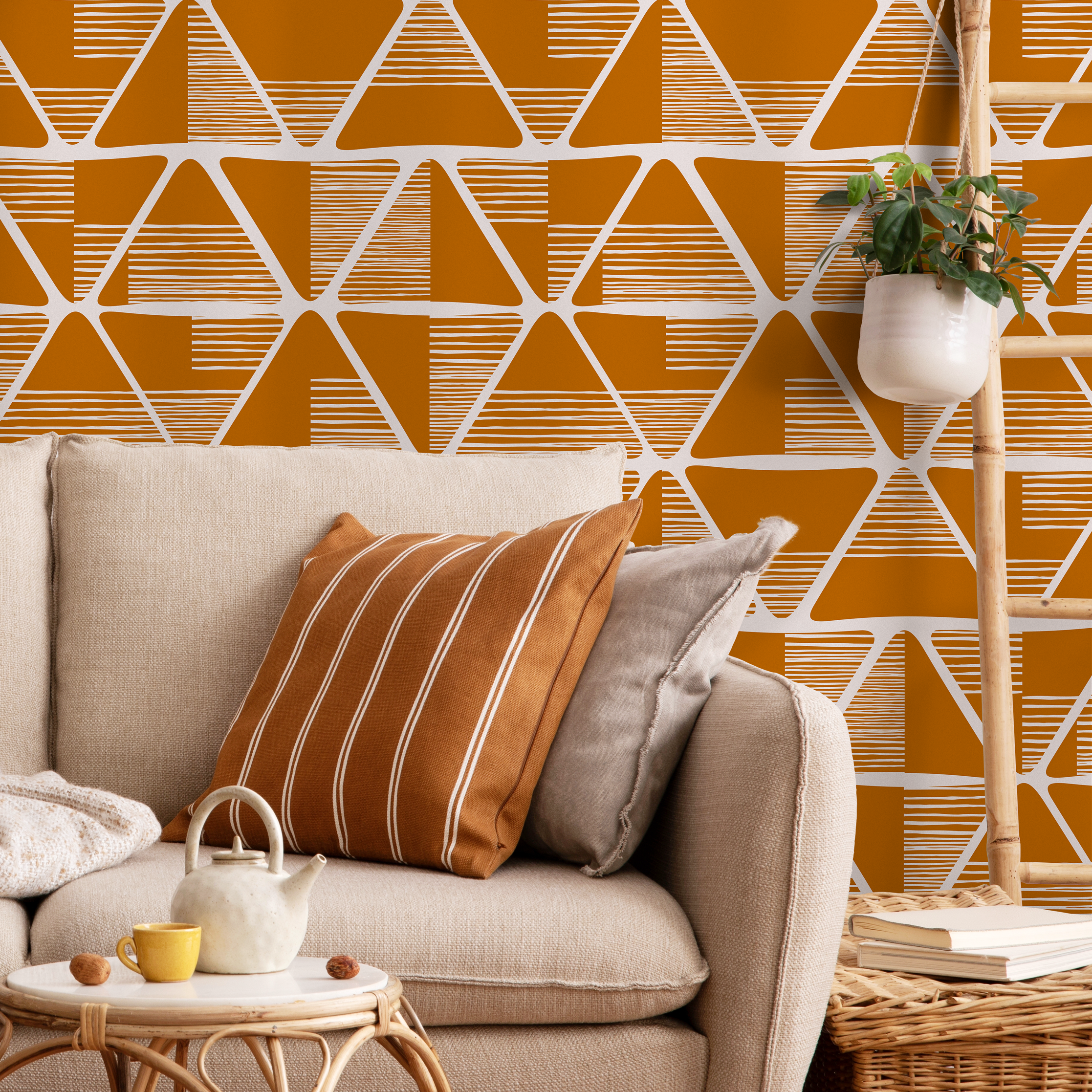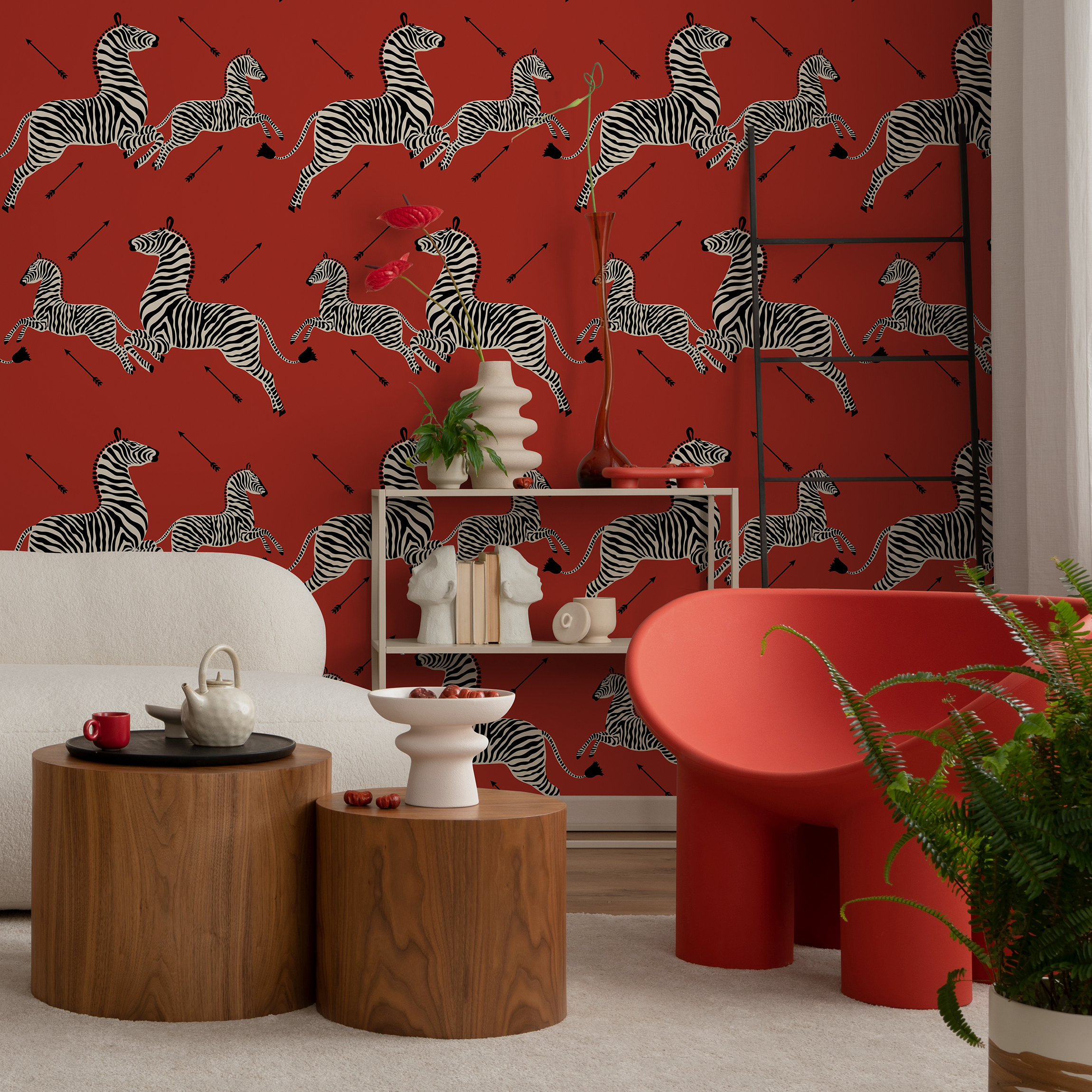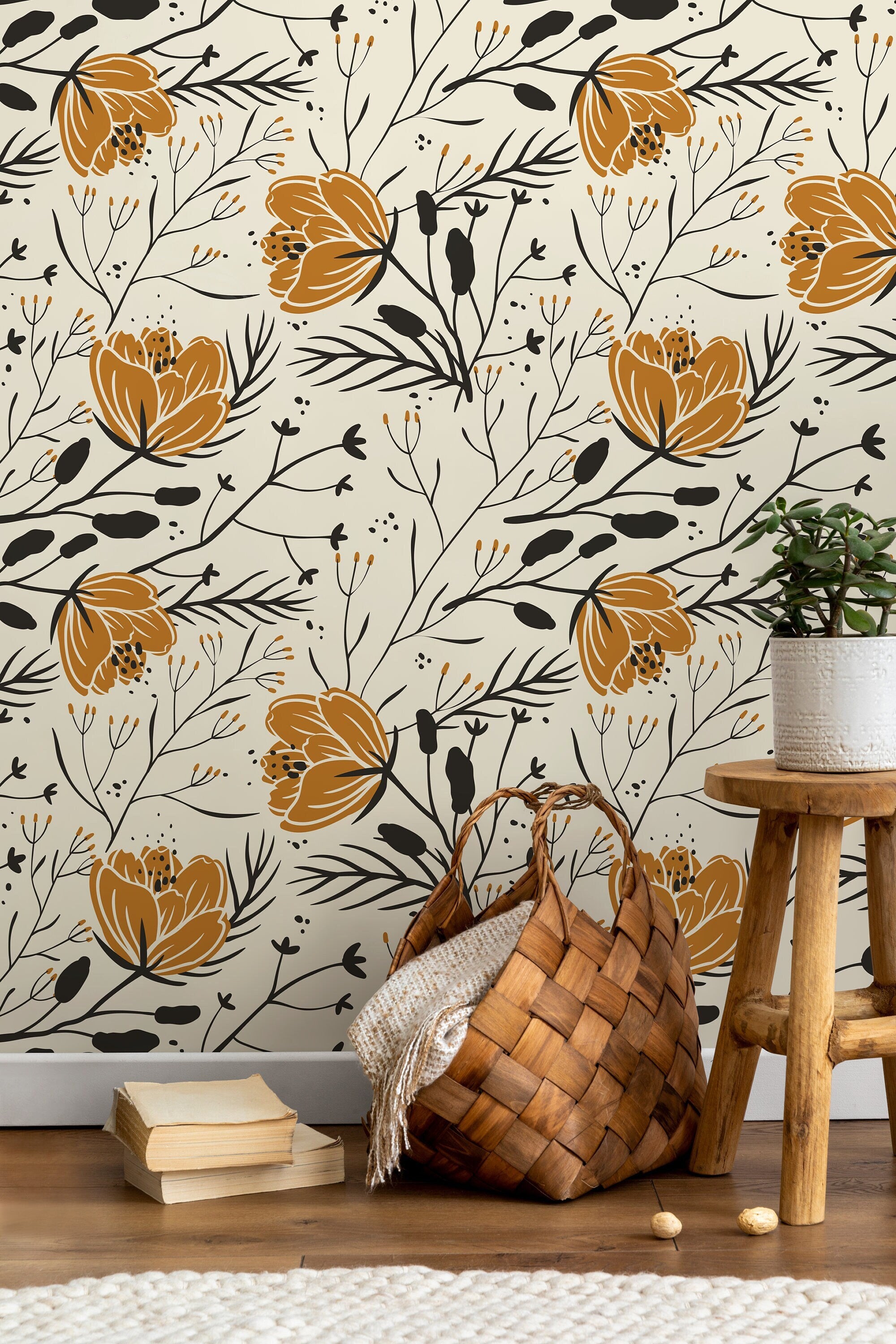Information

Information
Top Retailers and Online Stores: Where Can I Buy Furniture?
by Gabriel & Mirel on Apr 16 2024
Furniture shopping has evolved significantly with the advent of online stores complementing traditional brick-and-mortar retailers. This article will explore the various options available for purchasing furniture, from well-known physical retailers to specialized online marketplaces. Whether you're looking for luxury, sustainability, budget-friendly options, or just the convenience of shopping from home, there's a wealth of choices to consider.
Key Takeaways
Brick-and-mortar furniture retailers offer the advantage of physically experiencing the furniture before purchasing.
Online furniture shopping provides convenience and a broader variety of options, often with customer-friendly return policies.
Specialty furniture outlets cater to niche markets, including luxury, eco-friendly, and custom-made furniture.
Budget-friendly furniture shopping can be achieved through discount stores, warehouse outlets, and second-hand shops.
When furniture shopping, it's important to consider sales, quality of materials, and the logistics of delivery and assembly.
Exploring Brick-and-Mortar Furniture Retailers
The Enduring Appeal of Physical Stores
We cherish the tactile experience that brick-and-mortar stores provide. There's something undeniably satisfying about the ability to touch, feel, and test furniture before making a purchase. Physical stores offer a sensory experience that online shopping simply can't match.
The allure of immediate gratification is strong; we take home our finds without the wait.
Expert advice and personalized service from store staff guide us to the perfect piece.
Showrooms inspire us, showcasing furniture in thoughtfully designed settings.
In a world where convenience often trumps experience, we hold fast to the belief that seeing and feeling is believing. The joy of discovering the perfect sofa or dining set is amplified by the ambiance of a well-curated showroom.
The journey through aisles of potential treasures is not just about the destination—it's about the adventure. And when we stumble upon sales events, the thrill of scoring a deal adds to the excitement. We navigate these spaces not just as shoppers, but as explorers in the tangible world of furniture retail.
Navigating Showrooms and Sales Events
We understand the allure of wandering through showrooms, where every turn presents a new possibility for your home. Navigating these spaces requires a strategy to avoid feeling overwhelmed. Start by having a clear idea of what you need versus what you want. Make a list, set a budget, and stick to it.
During sales events, the temptation to splurge can be even greater. Here's how we stay on course:
Prioritize your purchases based on necessity.
Research in advance to know the fair price of items.
Look out for genuine discounts, not just marked-up markdowns.
Engage with sales staff; they can offer valuable insights and deals.
Remember, the goal is to find furniture that meets your needs, fits your budget, and enhances your living space. Don't let the excitement of a sale make you lose sight of that.
Finally, consider the timing of your purchases. Retailers often have cycles for when they discount items. Learning these patterns can save you a significant amount on your next furniture acquisition.
Regional Retailers Worth Visiting
Beyond the convenience of online shopping, there's something special about visiting a regional furniture retailer. We uncover hidden gems where the quality of customer interaction matches the excellence of the products. These stores often offer unique pieces that you won't find elsewhere, making each visit a treasure hunt for the perfect addition to your home.
Experience the tactile pleasure of furniture shopping in person.
Discover one-of-a-kind items that reflect local craftsmanship.
Enjoy personalized service that only local stores can provide.
We understand the importance of supporting local businesses, and by doing so, we not only contribute to the local economy but also benefit from the personalized attention and expertise that these retailers offer.
When we explore these local havens, we're not just buying furniture; we're investing in our community and creating a more personalized living space. So, let's step out and explore the best our region has to offer in furniture retail.
The Rise of Online Furniture Shopping
Convenience and Variety at Your Fingertips
We've embraced the digital age, and with it, furniture shopping has transformed. Online stores offer an unparalleled selection, catering to every style, budget, and need. Imagine browsing through countless options while lounging comfortably at home. No more weekend trips to crowded stores; now, the perfect piece is just a click away.
The ease of filtering search results, comparing prices, and reading customer reviews streamlines the decision-making process. It's a hassle-free experience that brick-and-mortar stores struggle to match.
Moreover, the integration of augmented reality apps allows us to visualize furniture in our space before making a purchase. This innovative tool bridges the gap between the digital and physical, ensuring what we buy is truly what we need. The future of furniture shopping is here, and it's more convenient than ever.
Top Online Furniture Retailers to Consider
We've scoured the web to bring you a curated list of top-tier online furniture retailers. Discover the perfect piece for your space from the comfort of your home. Here are our top picks for online furniture shopping:
Best Online-Only Furniture Brand: Article
Best Outdoor Furniture Brand: Castlery
Best Upholstery Options: Serena & Lily
Best Minimalist Furniture Brand: Maiden Home
Best Splurge Furniture Brand: Arhaus
Best Budget Furniture Brand: Wayfair
Each of these retailers offers a unique blend of style, quality, and value. Whether you're looking for a statement piece or functional storage, these online stores have you covered.
Embrace the ease of online shopping with fast, often free shipping. A world of furniture awaits at your fingertips.
Remember, while the convenience of online shopping is unparalleled, always check customer reviews and return policies before making a purchase. Happy decorating!
Customer Service and Return Policies
When we venture into the world of online furniture shopping, we're not just looking for style and convenience; we're also seeking peace of mind. That's where customer service and return policies make a significant difference. We've all been there—excited about a new purchase, only to realize it doesn't quite fit our space or match our expectations. It's at moments like these that a robust return policy becomes our saving grace.
A seamless return process can transform a potentially stressful situation into a positive experience, reinforcing customer loyalty.
Navigating the return policy landscape can be tricky. Some retailers offer a generous 90-day return window, while others may have a more standard 30-day period. Restocking fees are also a variable to consider, with some charges starting at 25% of the purchase price. Always remember, the law might not require a seller to accept your return, but a good retailer understands the value of customer satisfaction.
Here's a quick checklist to keep in mind before making your purchase:
Confirm the return window and process
Check for restocking fees and other charges
Understand the delivery options and associated costs
Keep proof of purchase and ensure items are in original condition
By keeping these points in check, we can shop with confidence, knowing that if things don't go as planned, we're covered.
Specialty Furniture Outlets
Luxury and Designer Furniture Sources
We understand the allure of luxury and designer furniture, pieces that stand as testaments to craftsmanship and design excellence. For those with a penchant for the finer things in life, exploring high-end furniture brands becomes a journey of aesthetic discovery. Brands like Arhaus and Maiden Home offer heirloom-quality pieces that promise to elevate any space with their unique artisanal appeal.
When it comes to luxury furniture, it's not just about the look, but also the story behind each piece. The materials, the designer's vision, and the skilled hands that crafted it all contribute to the exclusivity of the item.
Our top picks for splurge-worthy brands include Arhaus, known for its customizable Kipton sofa, and Maiden Home, which offers minimalist designs with a focus on quality. Design Within Reach curates a selection from top designers, making investment pieces more accessible. Here's a quick list of our recommendations:
Arhaus: Kipton Sofa, Divya Writing Desk
Maiden Home: The Dune, Morro Accent Table
Design Within Reach: Offers a range of designer brands and a 3D room planner
Remember, investing in luxury furniture is not just about the immediate impact but also about the lasting value it brings to your home.
Eco-Friendly and Sustainable Options
We're witnessing a shift towards sustainability in every corner of our lives, and furniture shopping is no exception. Choosing eco-friendly furniture is a powerful statement for the planet. It's about embracing pieces that are not only beautiful but also responsible. Here's why we should all consider sustainable options:
Furniture production can have a significant environmental impact, from deforestation to greenhouse emissions.
Sustainable furniture often uses materials like reclaimed wood, recycled materials, and bamboo, reducing the need for new resources.
These pieces are typically free from harmful chemicals, promoting healthier indoor air quality.
By opting for eco-friendly furniture, we're not just decorating our homes; we're investing in our health and the earth's future.
When it comes to sustainable furniture, here are some key points to keep in mind:
Sustainable/Nontoxic: Prioritize furniture made from natural, recycled, or reclaimed materials that are free from harmful chemicals.
Ethical: Support brands that practice fair labor and traditional craftsmanship, contributing to local economies.
Remember, every sustainable choice counts. Whether it's a Fair Trade Certified piece or one boasting OEKO-TEX certification, your eco-conscious decision can elevate your home while aligning with your values.
Custom Furniture and Bespoke Creations
We understand the allure of having a piece of furniture that is uniquely yours. Custom furniture and bespoke creations offer an unmatched level of personalization and craftsmanship. Imagine a piece that fits your space and style perfectly, crafted by skilled artisans who bring your vision to life.
Maiden Home: American-made luxury, offering sofas, sectionals, and more, tailored to your needs.
Inside Weather: Modern and accessible, with bespoke manufacturing that delivers in days.
Sabai: Simple options with customizable features, using eco-friendly materials.
Embrace the luxury of choice. Your home, your rules. Design furniture that tells your story.
When opting for custom furniture, consider the materials, the time frame for creation, and the level of customization available. It's not just about the end product; it's about the experience of creating something that is a true reflection of you.
Budget-Friendly Furniture Shopping
Finding Deals at Discount Furniture Stores
We know the thrill of discovering a bargain. Discount furniture stores are treasure troves for budget-conscious shoppers, offering a variety of pieces at reduced prices. Here's how to navigate these havens of affordability:
Research: Before stepping out, do a quick online search for local discount furniture outlets. Check reviews and ratings to ensure quality experiences.
Timing: Visit during clearance sales or just after major holidays for the best deals.
Inspect: Always examine items for defects. Minor imperfections can lead to major discounts.
Negotiate: Don't hesitate to haggle. It's expected, especially in discount settings.
Remember, patience and persistence often yield the best finds. Happy hunting!
Tips for Shopping at Warehouse Outlets
Warehouse outlets are treasure troves for the savvy shopper. Be strategic with your visits—timing is everything. Aim for weekdays when crowds are thinner, and you can scour the aisles with ease. Here's a quick guide to mastering the warehouse shopping experience:
Plan ahead: Know what you need before you go. Make a list and stick to it to avoid impulse buys.
Inspect items carefully: Warehouse deals often mean 'as is' purchases. Check for defects or damages that could affect the item's value.
Compare prices: Just because it's in a warehouse outlet doesn't mean it's the cheapest option. Do your homework and compare with online prices.
Ask about return policies: Some outlets have strict no-return policies, while others may offer a limited return window. Know your rights before you buy.
Remember, the early bird catches the worm. Arrive early to claim the best pieces—furniture tends to sell out quickly. If you see something you love, don't hesitate. Claim it immediately to avoid disappointment.
Finally, keep an eye out for special sales events. These can offer significant discounts, but they're also competitive. Be prepared to act fast and secure your must-have items upon entry.
Second-Hand and Thrift Store Gems
We've uncovered a treasure trove of value in second-hand and thrift stores. Discovering unique pieces with a story is not just about saving money; it's about finding character and history. Here's how we make the most of these hidden gems:
Inspect carefully: Look for quality craftsmanship and minor imperfections that add character but don't compromise durability.
Negotiate: Don't be shy to haggle. It's part of the charm and can lead to significant savings.
Research: Some items may be undervalued. A quick online search can reveal if you've stumbled upon a rare find.
Embrace the hunt. Each visit can be an adventure, a chance to unearth something truly special that won't break the bank.
Remember, patience is key. It might take several trips to find that perfect piece, but when you do, it's all the more rewarding. And who knows? You might just find your next family heirloom amidst the eclectic array of second-hand treasures.
Furniture Shopping Tips and Tricks
Maximizing Sales and Seasonal Discounts
We understand the thrill of catching a sale. Timing is everything when it comes to maximizing sales and seasonal discounts. Retailers often schedule sales during major holidays or at the end of a season. Keep an eye out for these key periods to snag furniture at a fraction of the cost.
To truly capitalize on sales, we recommend signing up for newsletters and loyalty programs. These often grant early access to sales and exclusive discounts.
Here's a quick list to help us stay on top of upcoming sales:
Monitor major holiday sales (Black Friday, Cyber Monday, etc.)
Subscribe to retailer newsletters for early-bird specials
Join loyalty programs for additional perks
Use price tracking tools to monitor price drops
Personalize discounts for specific customer segments
Remember, some retailers offer limited promotions, so it's crucial to act fast. By strategically planning our purchases around these sales events, we can make significant savings without compromising on quality.
Understanding Furniture Quality and Materials
We understand that furniture isn't just an aesthetic addition to your space; it's an investment in your daily comfort and long-term happiness. Quality matters. When we talk about furniture quality, we're looking at the craftsmanship and materials that go into creating a piece that's both beautiful and durable. A sturdy frame, such as kiln-dried hardwood, and a reliable spring system, like eight-way hand-tied springs, are the backbone of a well-made sofa.
The fabric choice is equally crucial; it's what you'll see and feel every day. The wear factor of a fabric is determined by how many rubs it takes to wear through, indicating its durability. Opt for high-quality fabrics that can withstand the rigors of daily use.
Remember, the longevity of your furniture is directly tied to the quality of the materials used and the attention to detail in its construction.
Here's a quick checklist to keep in mind when assessing furniture quality:
Frame construction: Look for kiln-dried hardwood frames.
Spring system: Seek out eight-way hand-tied springs.
Fabric durability: Check the wear factor for robustness.
Investing in high-quality materials and construction will pay off in the long run, ensuring that your furniture not only looks great but also stands the test of time.
Delivery, Assembly, and Installation Considerations
When finalizing your furniture purchase, the delivery, assembly, and installation details can make all the difference. We understand the anticipation of waiting for your new piece to arrive and the desire for a hassle-free setup. Here's what you should keep in mind:
Check the delivery options: Some retailers offer scheduled delivery, while others may not. Confirm the services you're getting to avoid any surprises.
Assembly requirements: Will you need tools? Is it a DIY assembly, or does the retailer provide white-glove service for an extra fee? Knowing this upfront can save you time and effort.
Installation services: If the furniture requires installation, does the retailer offer this service? It's worth considering for a seamless experience.
When it comes to tipping for furniture delivery, the general consensus is that it is not necessary to tip when you have already paid for the delivery. However, if the service exceeds your expectations, showing appreciation with a tip is a kind gesture.
Remember, clear communication with your retailer about these aspects can ensure that your furniture buying experience is as comfortable as the furniture itself.
ConclusionIn conclusion, whether you're furnishing a new home or simply looking to refresh your current space, the options for buying furniture online are vast and varied. From well-known retailers like IKEA and Wayfair to specialized online stores such as Article and Castlery, there's something to suit every style and budget. With the convenience of browsing from the comfort of your own home and the added benefit of customer reviews and easy shipping options, online furniture shopping has never been easier. Remember to consider the size, style, and functionality of the pieces you choose to ensure they meet your needs and complement your space. Happy decorating!
Frequently Asked Questions
What are the benefits of buying furniture from brick-and-mortar retailers?Brick-and-mortar furniture retailers offer the advantage of seeing and feeling the furniture in person before making a purchase. Customers can get a true sense of scale, color, and quality, and receive personalized service and advice from sales associates.
How has online furniture shopping changed the market?Online furniture shopping has expanded the market by offering a vast selection of furniture from around the world. It provides convenience, competitive pricing, and the ability to shop from home. Additionally, customer reviews and detailed product information help inform purchasing decisions.
What should I consider when looking for eco-friendly furniture?When searching for eco-friendly furniture, consider materials that are sustainable, such as bamboo, reclaimed wood, or certified sustainable hardwoods. Look for non-toxic finishes and adhesives, and check if the manufacturer has environmentally responsible practices and certifications.
How can I find the best deals on furniture?To find the best furniture deals, shop during sales events like Black Friday or end-of-season clearances. Sign up for newsletters to receive exclusive discounts, and consider purchasing floor models or slightly imperfect items at a reduced price.
What tips can you give for ensuring furniture quality when shopping online?To ensure furniture quality when shopping online, read customer reviews, check the materials and construction details, verify the retailer's return policy, and look for warranties. Also, consider ordering fabric swatches or samples if available.
What are some of the most popular furniture websites to shop from?Some of the most popular furniture websites include IKEA, Wayfair, Ashley Furniture, Crate & Barrel, and Pottery Barn. These sites offer a wide range of styles, competitive prices, and often feature customer reviews and detailed product descriptions.
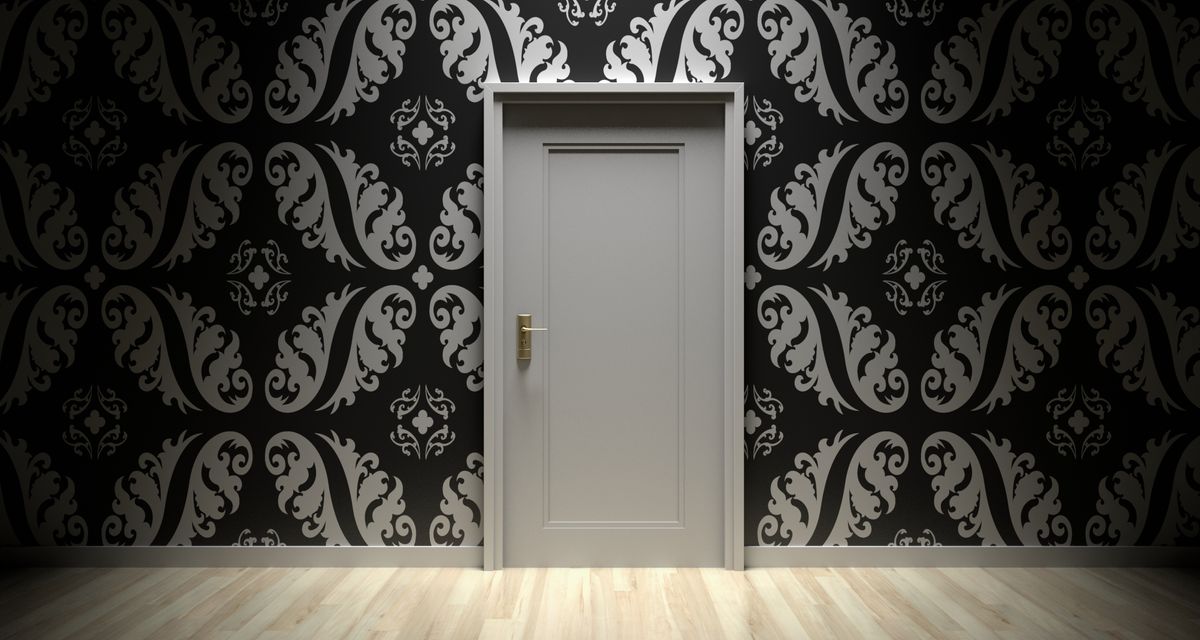
Information
Can You Wallpaper Over Painted Wallpaper? A Step-by-Step Guide
by Gabriel & Mirel on Apr 11 2024
Wallpapering over painted wallpaper is a unique home improvement task that can breathe new life into a room without the need to strip old wallpaper. This step-by-step guide will help you navigate the process, ensuring that you achieve a professional-looking finish. From evaluating the current wall conditions to applying new wallpaper and adding finishing touches, this guide covers all the essentials for a successful wallpaper-over-wallpaper project.
Key Takeaways
Assess the condition of the painted wallpaper to determine if it's suitable for over-wallpapering, addressing any dampness or unsound surfaces beforehand.
Gather all necessary supplies, including the right type of wallpaper, adhesives, paints, and tools for a smooth and seamless application.
Prepare the room by moving furniture, protecting flooring, and ensuring the walls are clean, primed, and ready for the new wallpaper.
Apply the new wallpaper meticulously, ensuring strips are cut and aligned correctly, and use color pens for seamless edges, as recommended by experts.
Finish with professional touches by painting or sealing the wallpaper, using techniques like decorative glazing or dry brushing for an enhanced appearance.
Evaluating the Condition of Your Painted Wallpaper
Identifying Types of Paint and Wallpaper
Before we embark on the journey of transforming our space with new wallpaper, it's crucial to identify the types of paint and wallpaper currently adorning our walls. Understanding the existing materials is essential for ensuring compatibility with the new wallpaper and adhesives we plan to use.
Paint Types: The type of paint on the wallpaper can affect adhesion. Glossy finishes may require sanding for better grip, while matte finishes might be more receptive to new wallpaper.
Wallpaper Materials: From traditional paper-backed to modern peel-and-stick varieties, the material of the existing wallpaper will dictate the preparation needed.
It is imperative to assess whether the current wallpaper is stable and free of peeling or bubbling, as these issues could compromise the new application.
Lastly, we must consider the possibility of painted wallpaper that may have been applied to conceal imperfections. Such surfaces may need special attention to ensure that the new wallpaper adheres properly and looks seamless.
Assessing the Suitability for Over-Wallpapering
Before we embark on the journey of transforming our walls, it's crucial to assess the suitability of the existing painted wallpaper for over-wallpapering. We must ensure that the surface is clean, dry, and stable to support the new wallpaper. Any presence of dampness or unsound surfaces can lead to complications such as bleed through wallpaper, which may not be immediately apparent but can emerge over time, casting unwanted shadows on your beautiful new walls.
When considering over-wallpapering, it's imperative to address any issues with the current wall conditions. Absorbent surfaces, like newly plastered walls, require sizing to prevent the wallpaper adhesive from being absorbed too quickly, which can compromise the wallpaper's adhesion and appearance.
To achieve the best results, we recommend cross lining the walls with a quality lining paper. This process involves horizontally applying a midweight to heavyweight lining paper, which should be left to dry for at least 12 hours before the new wallpaper is hung. This step is essential for creating a smooth and even surface, especially if the existing paint is glossy or flaking.
Here is a checklist to help you determine if your walls are ready for over-wallpapering:
Clean and dry surface free of dirt and old wallpaper
No flaking paint or unsound surfaces
Absorbent surfaces properly sized
Glossy surfaces sanded for better adhesion
Cross lined with quality lining paper for an even base
Addressing Damp or Unsound Surfaces
Before we embark on the transformative journey of wallpapering, it is crucial to address any damp or unsound surfaces. Damp walls require appropriate treatment to ensure a stable and receptive base for your new wallpaper. Similarly, surfaces previously painted with gloss or other non-absorbent finishes must be sanded to achieve a good key for the wallpaper to adhere properly.
When dealing with unsound surfaces, it is imperative to seal them with a priming product. This step cannot be overlooked as it guarantees the longevity and aesthetic quality of your wallpaper.
For a successful application, follow these preparatory steps:
Treat damp walls with the correct method to prevent future issues.
Sand glossy or non-absorbent painted surfaces to create a suitable texture for adhesion.
Seal any unsound paint with a quality priming product.
Size newly plastered or absorbent surfaces to ensure optimal wallpaper grip.
By meticulously preparing your walls, we set the stage for a wallpapering process that not only looks professional but also stands the test of time.
Gathering the Necessary Supplies and Tools
Choosing the Right Wallpaper and Adhesives
When we embark on the journey of wallpapering over painted surfaces, selecting the appropriate materials is crucial. The choice of wallpaper and adhesive will significantly impact the final outcome. For instance, non-woven paste-the-wall wallpapers are known for their resistance to expansion and contraction, making them a reliable choice for a lasting application.
It's essential to verify that the wallpaper rolls are undamaged and that the design and colorway match your expectations. If the rolls are batch numbered, it's advisable to hang them in consecutive order. Here's a simple list to help you choose the right wallpaper and adhesive:
Opt for non-woven wallpapers for their dimensional stability
Ensure rolls are undamaged and colors are consistent
Avoid pre-pasted, paper-backed, solid-vinyl wallpapers due to potential instability
Consider eco-friendly options, such as those printed with Canon Oce Colorado technology
When considering eco-friendly wallpaper options, it's beneficial to refer to a website page that offers technical details, roll height, and quantity guidance, as well as material options for peel and stick or traditional wallpaper.
Remember, the adhesive is just as important as the wallpaper itself. A good quality paste will ensure a smooth application and longevity of your wallpaper. Avoid pre-pasted options if you're looking for a more durable solution.
Selecting Paints and Primers for the Task
When we embark on the task of wallpapering over painted surfaces, the selection of paints and primers is crucial. We must ensure that the primer is compatible with both the existing paint and the new wallpaper adhesive. It's important to dilute the paint with water to avoid negating the primer's ability to hold down the seams effectively.
The type of paint finish we choose will affect the final appearance and durability of our project. Here's a simple guide to help us decide:
Semi-Gloss: Highly durable and easy to clean, ideal for smooth surfaces.
Eggshell or Satin: Offers a softer look with easy cleanup, suitable for high-traffic areas.
Flat or Matte: Best for textured walls, as it is non-reflective and hides imperfections well.
We must remember that the right primer can make a significant difference in the wallpaper's adherence and longevity. A well-chosen primer will facilitate a smoother application and contribute to the overall success of our wallpapering endeavor.
In addition to the paint and primer, we'll need various tools and supplies for a professional finish. These include drop cloths, painter's tape, paint trays, brushes, and rollers. Each tool plays a part in ensuring a clean and precise application.
Essential Tools for a Smooth Application
To ensure a flawless finish when wallpapering over painted surfaces, we must equip ourselves with the right tools. The smoothing of wallpaper is not just about eliminating air bubbles; it's crucial for enhancing adhesion and expelling excess paste. A comprehensive toolkit is indispensable for this task.
Smoothing tool or brush: To firmly press the wallpaper, ensuring it sticks properly.
Seam roller: To flatten the seams and prevent peeling.
Sharp utility knife: For precise cutting of excess wallpaper.
Level and plumb line: To guarantee straight and aligned application.
Sponge and bucket: For cleaning the wall and smoothing tool.
Remember, a well-prepared toolkit is the foundation of a successful wallpaper application. Without the proper tools, even the highest quality wallpaper can fail to adhere correctly, leading to unsatisfactory results.
As we gather our supplies, let's not forget the importance of quality. Browse our range of essential tools for wallpapering today to find everything from adhesives and wallpaper accessories to wallpapers and murals.
Preparing the Room and Walls for Wallpapering
Moving Furniture and Protecting Flooring
Before we embark on the transformative journey of wallpapering over painted surfaces, it is imperative to prepare the room meticulously. We begin by relocating all furniture either out of the room or towards the center, safeguarding it from any potential damage during the process. Ensuring a clear workspace is not only conducive to efficiency but also prevents any accidental damage to your belongings.
Once the furniture is positioned safely, our next step is to protect the flooring. For this purpose, we recommend utilizing drop cloths or plastic sheeting. A practical tip we've discovered is the use of inexpensive plastic shower curtain liners as an alternative to traditional canvas drop cloths. They are not only cost-effective but also easy to fold and store post-application.
Position furniture centrally or remove from room
Use drop cloths or plastic sheeting to protect floors
Consider plastic shower curtain liners for a budget-friendly option
It is essential to cover the flooring adequately, extending the protective materials by at least 12 to 18 inches beyond the area to be wallpapered. This precaution ensures that any stray adhesive or debris does not mar your flooring, maintaining the pristine condition of your space.
Cleaning and Priming the Walls
Before we proceed with the wallpaper application, it is crucial to prepare the walls to ensure a smooth and lasting finish. We begin by thoroughly cleaning the walls to remove any dust, dirt, or grease. A mild detergent solution is often sufficient for this task, and we make sure to wipe down the walls with care. After cleaning, the walls must be completely dry before moving on to the next step.
Priming the walls is an essential part of the process. A good primer seals the surface, providing a stable foundation for the wallpaper adhesive. It prevents the paste from being absorbed too quickly by the wall, which can compromise the wallpaper's adhesion. We recommend using a primer like Gardz for its ability to penetrate and bind materials together, creating a hard, durable surface.
It is important to note that priming is especially necessary if you are transitioning from a darker to a lighter wallpaper, or if the room has high moisture, like in kitchens or bathrooms.
Lastly, ensure that all furniture is moved and the floors are covered to protect against any drips or spills during the priming process. Once the primer has been applied and allowed to dry according to the manufacturer's instructions, the walls will be ready for the wallpaper application.
Techniques for Masking and Taping Edges
When we embark on the task of wallpapering over painted surfaces, meticulous preparation of edges is crucial. We must ensure that all edges are taped properly to facilitate easy trimming and to achieve a clean, sharp finish. Begin by applying tape to the borders around areas that will be wallpapered, pressing firmly to secure the tape and prevent wallpaper paste from seeping underneath.
To achieve the best results, we recommend using a finish roller and finish paint to spot-prime areas where drywall mud has been used. This step ensures a smooth surface before we proceed with wallpapering.
Additionally, it's essential to protect the flooring and baseboards. Here's a simple list to guide you through this process:
Lay down drop cloths to cover the floor, extending at least 12 to 18 inches from the wall.
Use white painter's tape to secure the drop cloths and protect the baseboards, especially if carpet is present.
Tuck the tape between the carpet and baseboard to conceal any potential cut lines after painting.
By adhering to these techniques, we create a safeguarded workspace that allows for a seamless application of the new wallpaper.
Applying Wallpaper Over Painted Surfaces
Cutting and Aligning Wallpaper Strips
When we embark on the task of wallpapering over a painted surface, precision in cutting and aligning the wallpaper strips is paramount. We must ensure that each strip is measured and cut meticulously to fit the intended space. This is where a laser level can be an invaluable tool, allowing us to mark the exact locations for our seams, especially when working with non-woven wallpapers that do not expand significantly.
To minimize the visibility of seams, we can adopt a technique known as banding. This involves painting vertical stripes on the wall where the wallpaper panels will meet. The color of these stripes should closely match the wallpaper to camouflage any potential discrepancies.
Here are the steps we follow for a seamless alignment:
Measure the wall and calculate the width of each wallpaper panel.
Use a laser level to mark the wall where the seams will align.
Paint stripes (banding) on the wall in the color of the wallpaper.
Cut the wallpaper strips to the precise measurements.
Align the first strip with the marked line and ensure it is straight.
Proceed with the subsequent strips, checking alignment with the previous one.
By adhering to these steps, we can significantly reduce the chances of misalignment and create a professional-looking finish.
Seamless Application and Edge Coloring
Once we have aligned our wallpaper strips meticulously, the next step is to ensure a seamless application. This involves careful smoothing to eliminate air bubbles and prevent the edges from lifting. We must pay particular attention to the edges, as they are prone to showing if not handled correctly.
To address the common issue of white edges on darker wallpapers, we've adopted a simple yet effective technique. By coloring the edges with a crayon or chalk that matches the wallpaper, we can significantly reduce the visibility of seams. This step is crucial for non-woven wallpapers, which are thicker and less likely to shrink, making their edges more conspicuous.
It is essential to color the edges from behind the wallpaper to avoid marking the visible surface. If any coloring material does get on the front, it should be wiped off immediately to maintain a clean look.
Remember, the goal is to achieve a professional finish, where the joins between strips are virtually undetectable. The table below outlines the tools we use for edge coloring and their respective purposes:
Tool
Purpose
Crayon
Coloring white edges of dark wallpapers
Chalk
Coloring edges of non-woven wallpapers
Water color marker
Minimizing visible seams
By following these steps and utilizing the right tools, we ensure that the final appearance of our wallpaper is impeccable, with no distracting lines or gaps.
Drying and Setting: Patience for Perfection
After meticulously aligning and applying our wallpaper, we must now exercise patience. Allow the wallpaper to dry as naturally as possible for 48 hours in a well-ventilated space. This crucial step ensures that the adhesive sets properly and the wallpaper adheres smoothly to the surface without any uneven drying issues.
During this period, we recommend avoiding any unnecessary heating or cooling that could affect the drying process. It's not just about preventing any sort of uneven drying issues; it's about ensuring that all elements are on our side for a flawless finish.
To achieve the best results, we should also smooth the wallpaper thoroughly. This is not only to eliminate air bubbles but also to apply sufficient pressure to increase the tack and push any excess paste out at the edges.
Finally, if any paste does ooze out at the seams, gently wipe it off with a soft cloth. And remember, some wallpapers, particularly the peel-and-stick variety, may require acclimation to the room's climate—always check the manufacturer's instructions.
Finishing Touches for a Professional Look
Painting and Sealing Over Wallpaper
Once we have successfully applied the new wallpaper over the painted surface, our next step is to ensure its longevity and aesthetic appeal through painting and sealing. We must carefully select the right type of paint and sealant to complement the wallpaper and ensure a durable finish.
For a professional look, we recommend starting with a base coat of General Finishes Milk paint in Linen, followed by a sealant such as High-Performance Flat. This combination not only enhances the wallpaper's appearance but also protects it from wear and tear.
To hide wallpaper seams effectively when painting, apply joint compound over them and sand thoroughly until smooth. This will create a seamless look that can be further perfected with two layers of paint and sealant.
Finally, for an added touch of sophistication, consider using decorative glazing techniques such as Van Dyke Brown or a dry brush application of Champagne pearl effects on textured sections of the wallpaper. These methods will not only cover any imperfections but also add depth and character to your walls.
Decorative Glazing and Dry Brush Techniques
After we've applied the wallpaper and it's fully adhered to the wall, we turn our attention to the finer details that will elevate the overall appearance. Decorative glazing and dry brush techniques can add depth and character to the wallpaper, creating a bespoke finish that truly stands out.
For a subtle yet impactful effect, we recommend using a glaze over the wallpaper. This technique involves applying a thin, transparent layer of color that enhances the wallpaper's design. The glaze should be applied sparingly and with a soft, dry brush to avoid saturating the wallpaper and to achieve that coveted artisan touch.
When using the dry brush technique, it's essential to remove excess paint from the brush before lightly dragging it across the wallpaper's surface. This will highlight the textures and patterns without overwhelming them.
To ensure consistency and high color quality, we often refer to eco-friendly wallpaper options that utilize advanced printing technology. These wallpapers not only provide a stunning backdrop but also contribute to a healthier environment. For those interested, a visit to our website page will offer details on design, roll height, quantity, and materials for both peel and stick or traditional wallpaper options.
Maintaining and Cleaning Your New Wallpaper
Once our new wallpaper is perfectly applied and the room is brought back to life, maintaining the pristine condition of the wallpaper is crucial for long-term satisfaction. Regular cleaning and careful maintenance will ensure the wallpaper remains as vibrant and intact as the day it was installed.
To keep the wallpaper in top condition, we recommend a gentle cleaning routine:
Dust the wallpaper regularly using a soft, lint-free cloth or a duster.
For light stains, a damp sponge can be used, taking care not to oversaturate the paper.
Avoid using harsh chemicals or abrasive cleaners that could damage the wallpaper's surface.
In the event of more stubborn stains, it's advisable to consult the wallpaper manufacturer's guidelines for specific cleaning instructions.
Remember, the key to longevity is gentle care. By adhering to these simple practices, we can preserve the beauty and integrity of our wallpaper for years to come.
ConclusionIn conclusion, wallpapering over painted wallpaper is not only feasible but can also be a rewarding DIY project. With the right tools, preparation, and attention to detail, you can transform your space with a fresh, new look. Remember to test techniques like color matching seams and using paintable wallpaper on furniture in inconspicuous areas first. Whether you're covering up damage, adding texture, or simply craving a change, the steps outlined in this guide will help you achieve professional-looking results. Embrace the challenge and enjoy the creative process of making your walls truly your own.
Frequently Asked Questions
Can you wallpaper over painted wallpaper?Yes, it's possible to wallpaper over painted wallpaper, but it requires proper assessment of the wall's condition, suitable supplies, and careful preparation and application techniques.
How do you assess if painted wallpaper is suitable for over-wallpapering?Examine the existing wallpaper for damage, peeling, or dampness. Ensure the surface is sound and the paint isn't glossy, as it may need sanding for better adhesion.
What supplies are needed to wallpaper over a painted surface?You'll need the new wallpaper, appropriate adhesives, primers if necessary, and tools for application such as brushes, rollers, and a wallpaper smoother.
How do you prepare walls for applying new wallpaper over painted wallpaper?Move furniture, protect flooring, repair any wall damage, clean the walls, and apply primer if needed to ensure the best adhesion for the new wallpaper.
What is the best way to hide seams when wallpapering over a painted surface?Use water color pens to color the seams, wiping away excess with a damp cloth. This technique makes seams less visible and should be tested in an inconspicuous area first.
Can you paint and seal over the newly applied wallpaper for a professional finish?Yes, you can paint and seal over the new wallpaper. Use a suitable paint like General Finishes Milk Paint, seal it with a flat finish, and apply glazing or dry brush techniques for texture.


